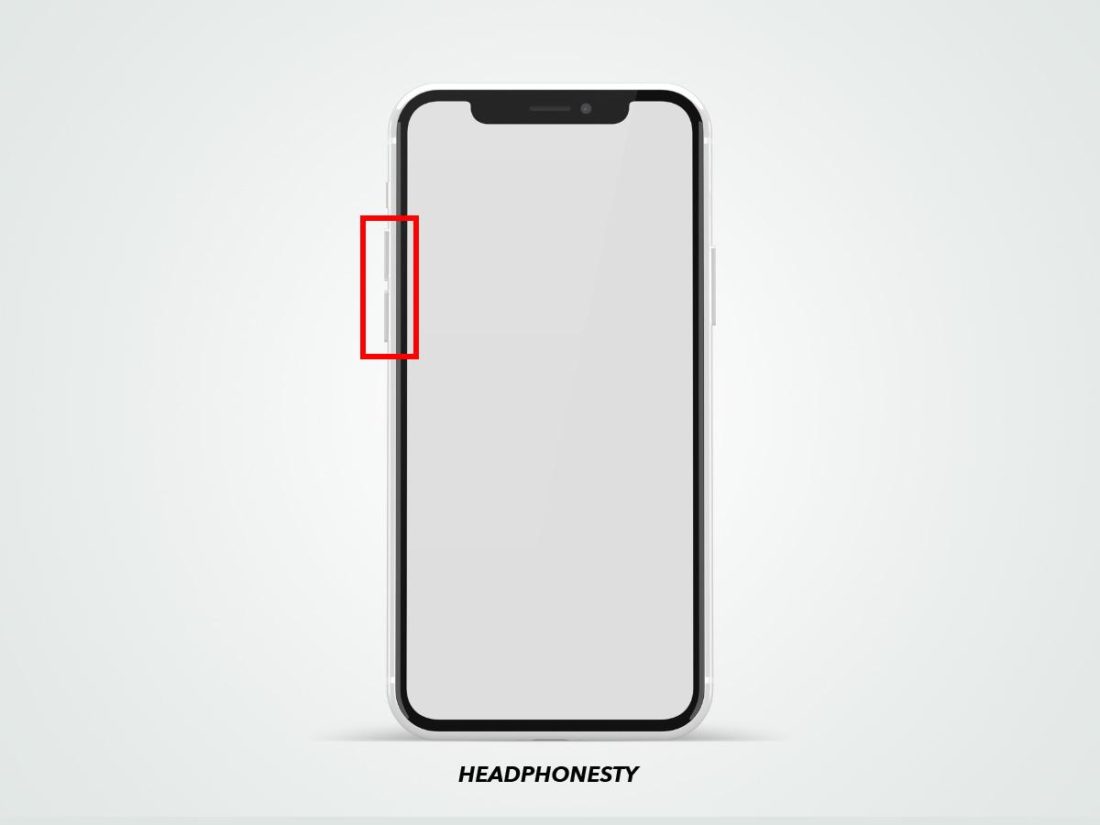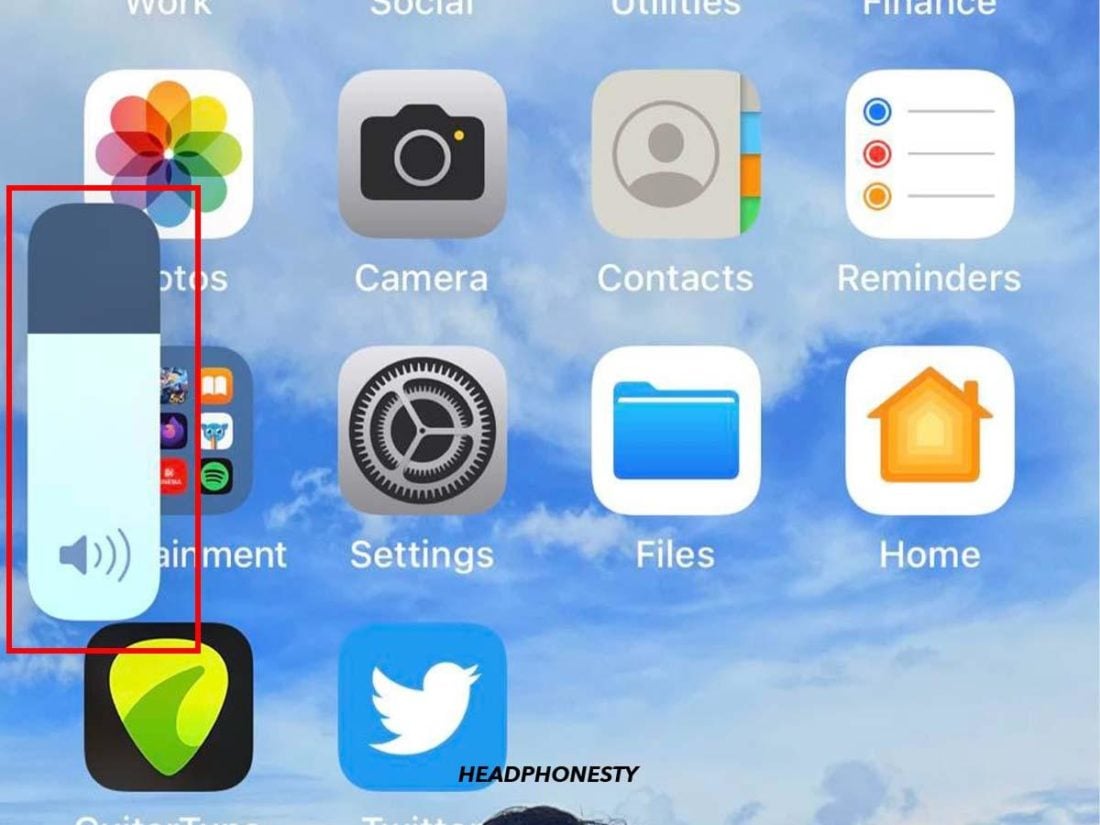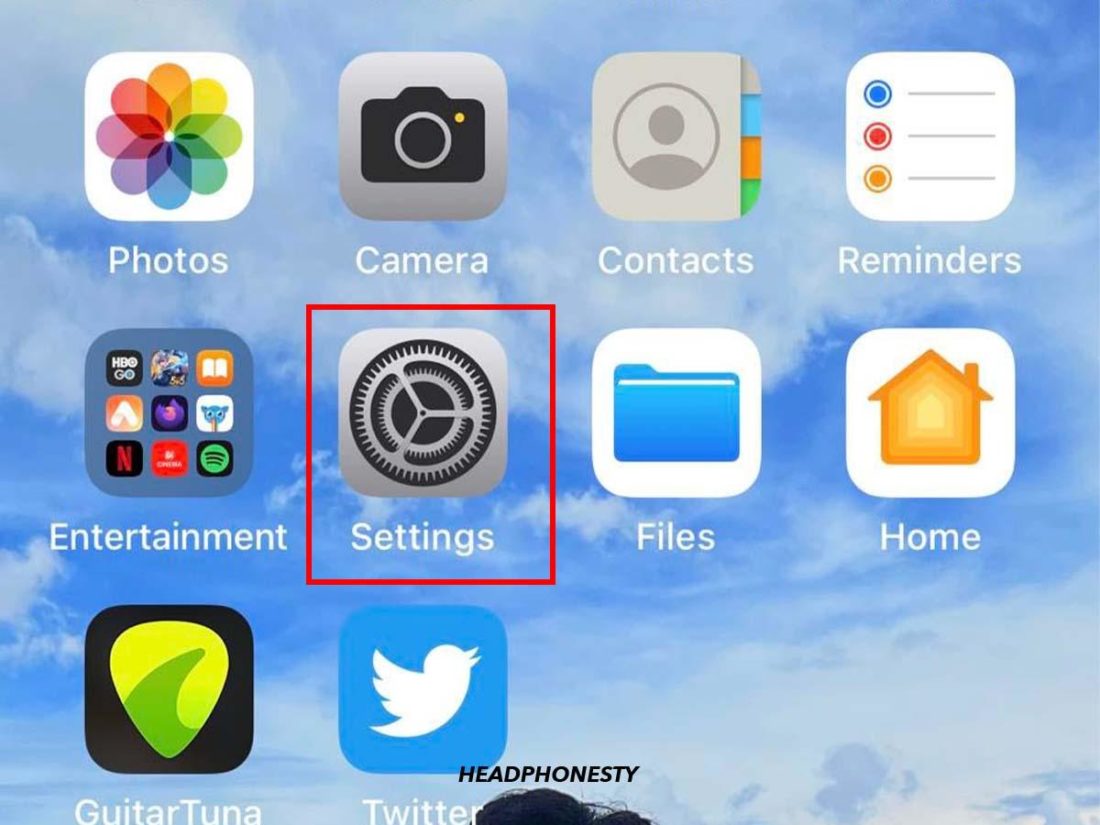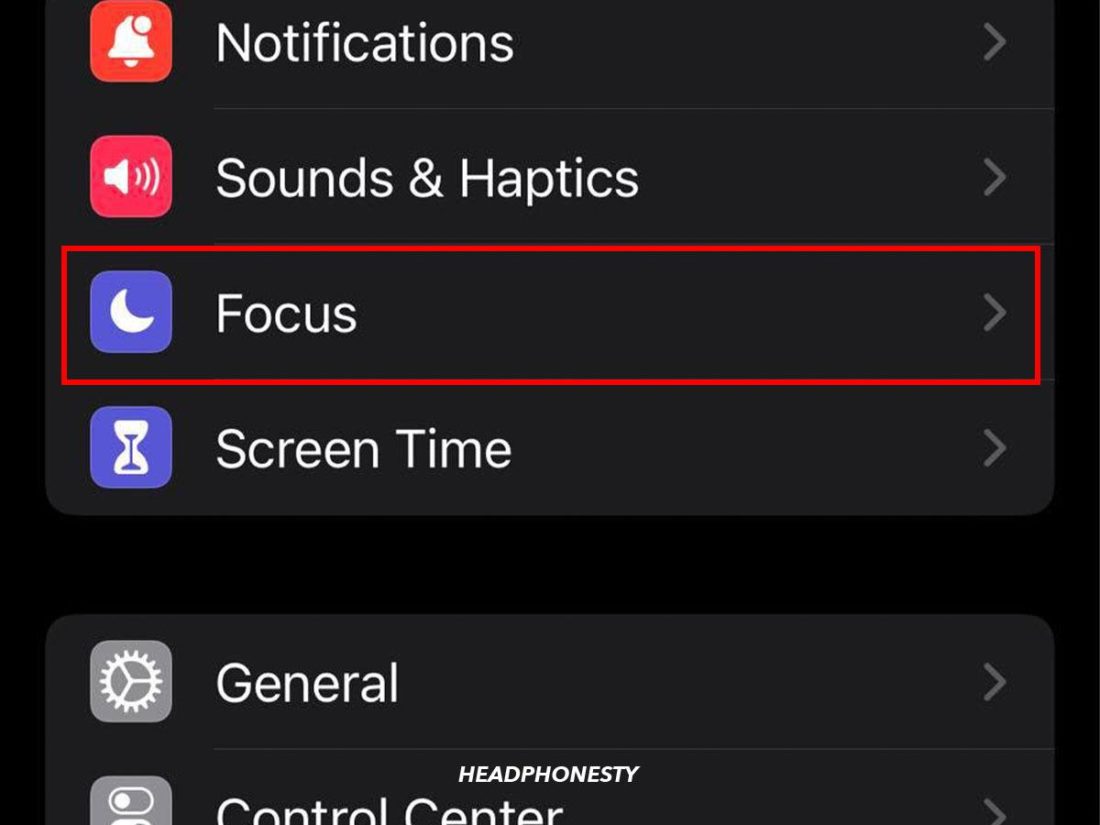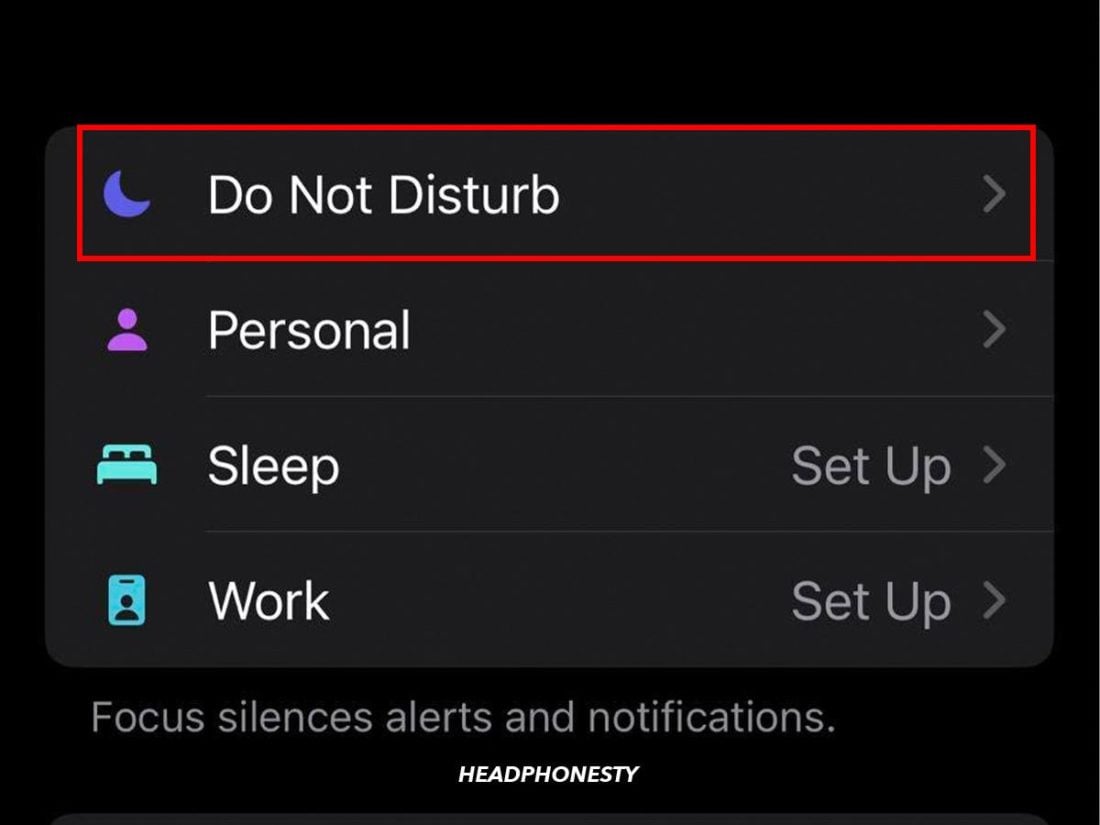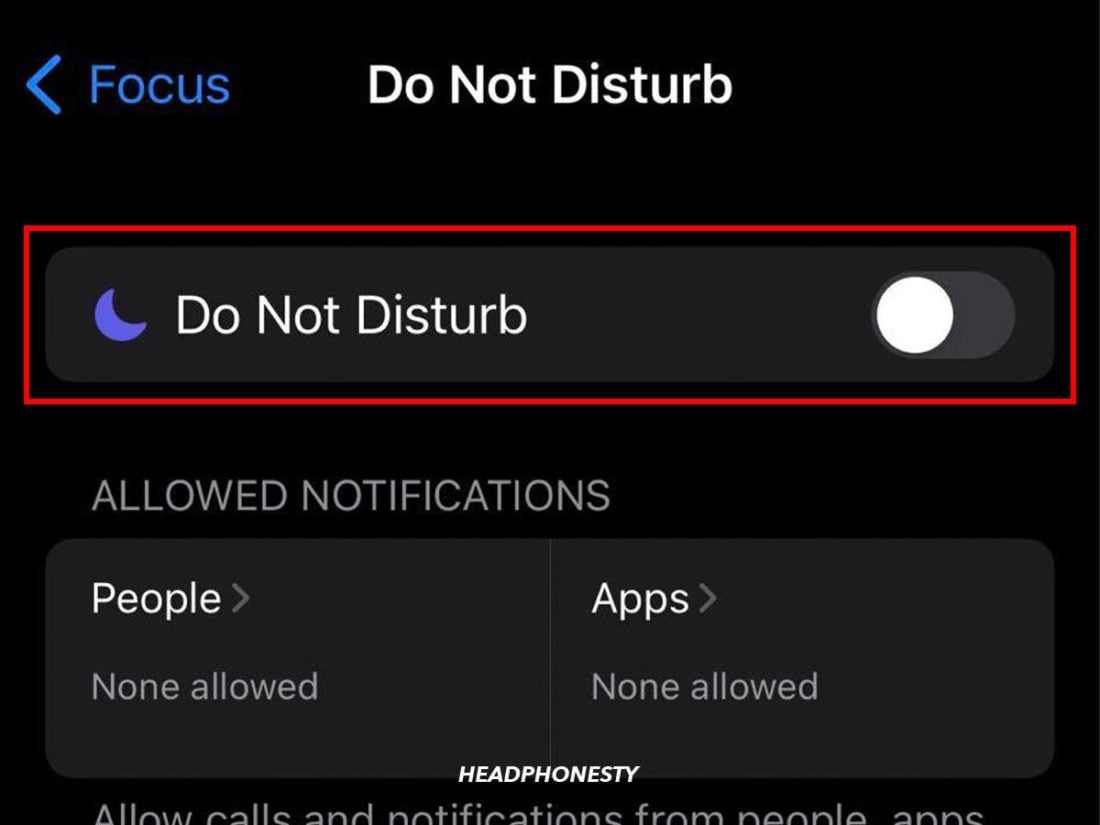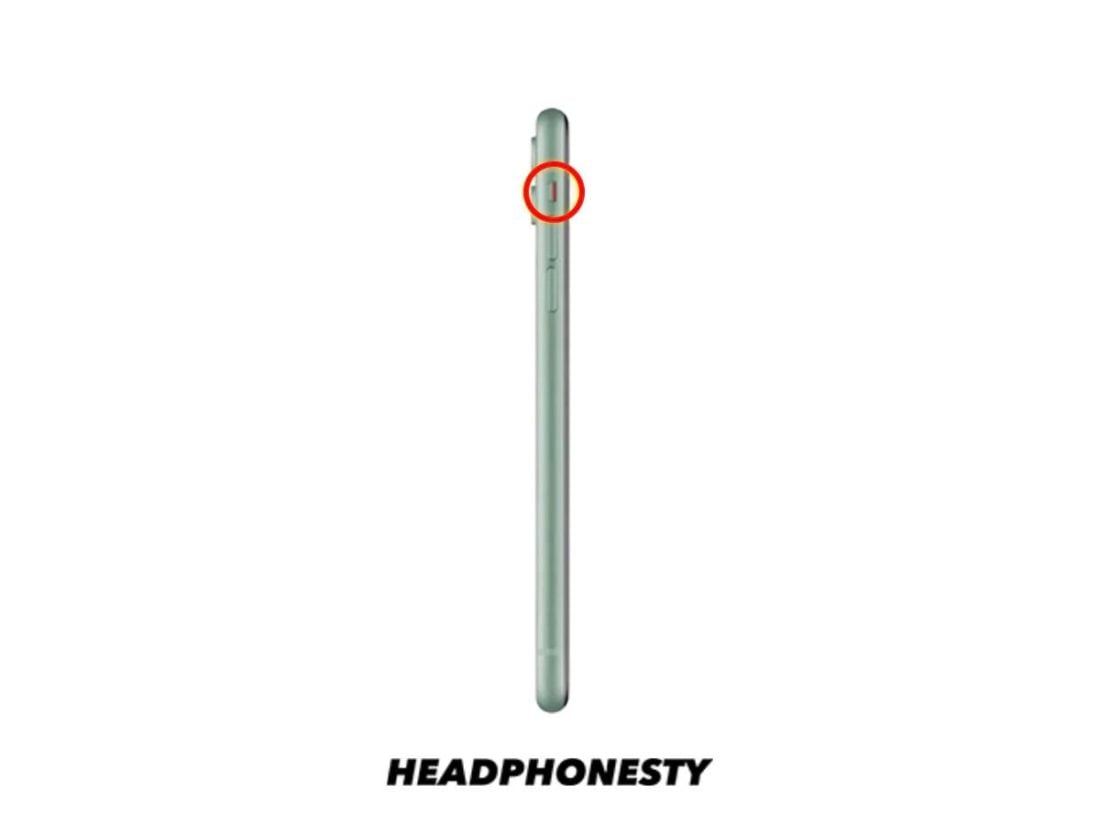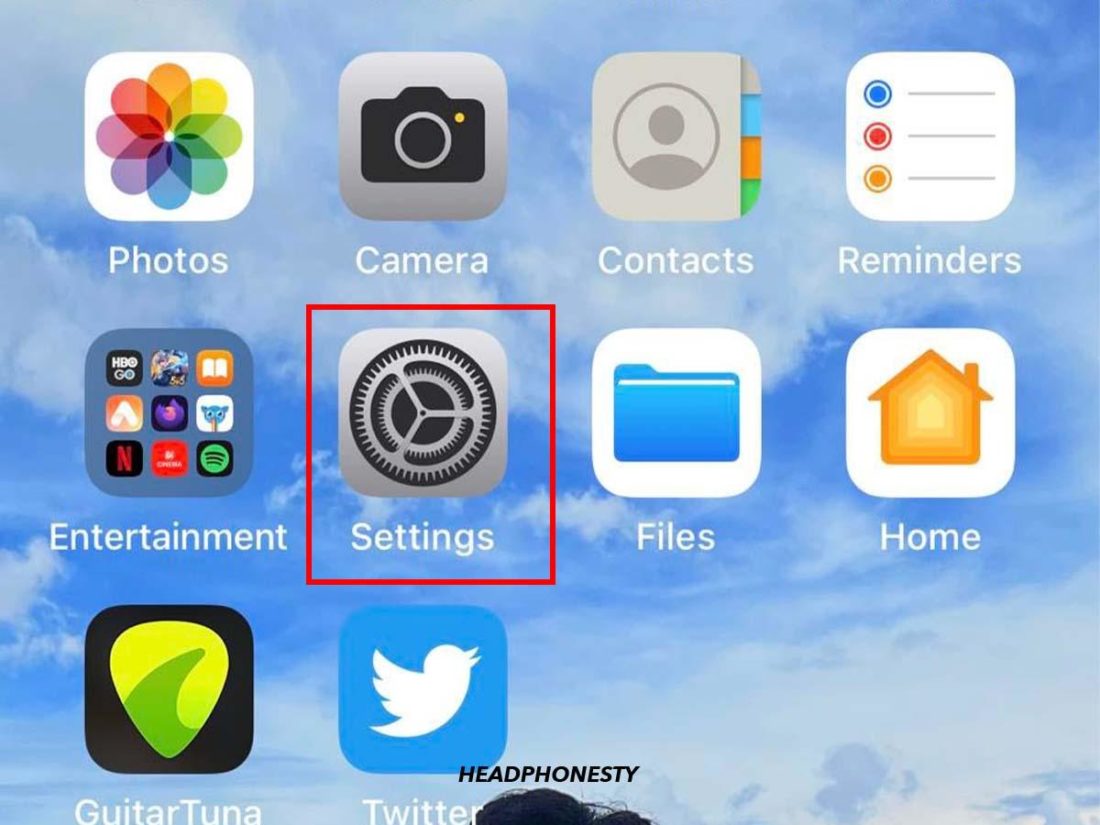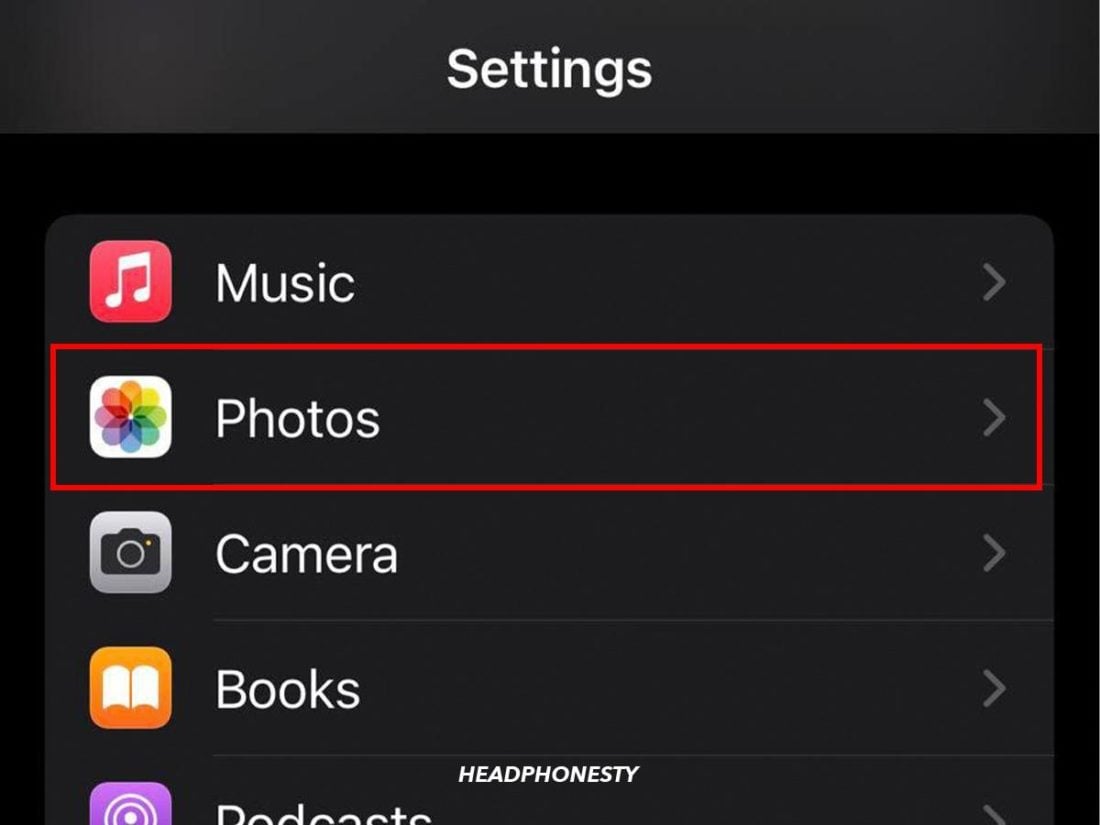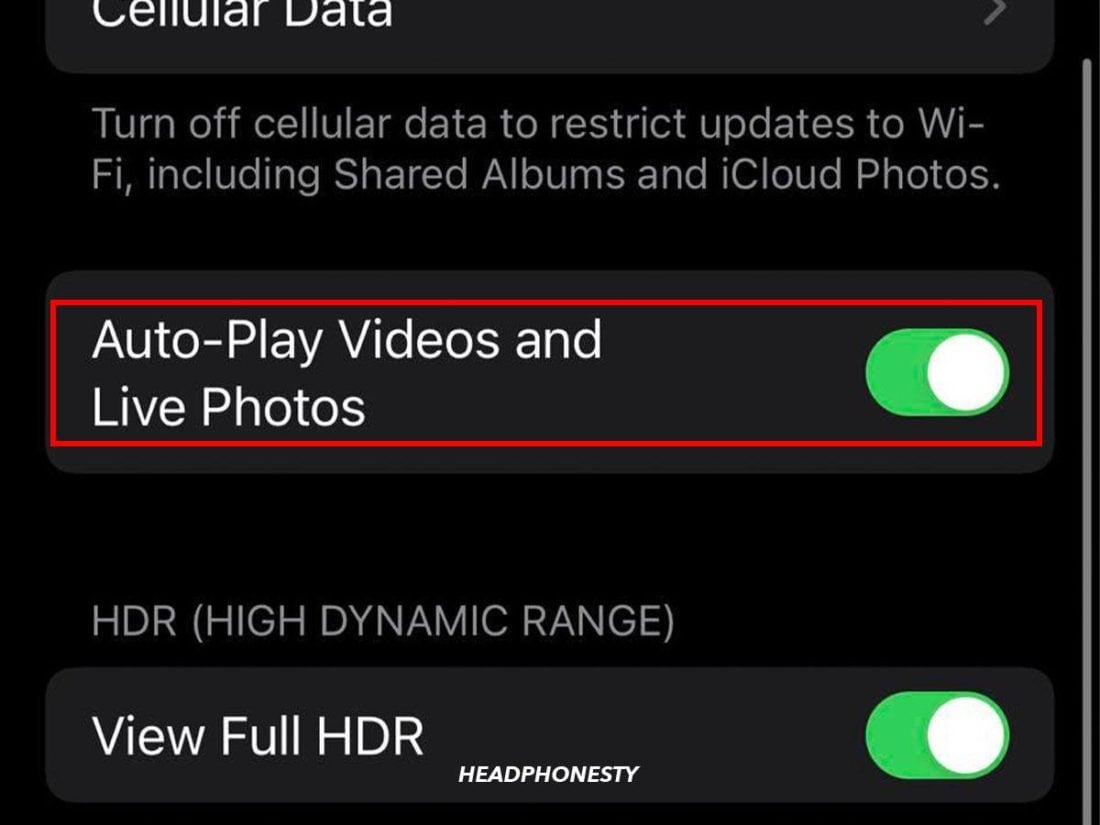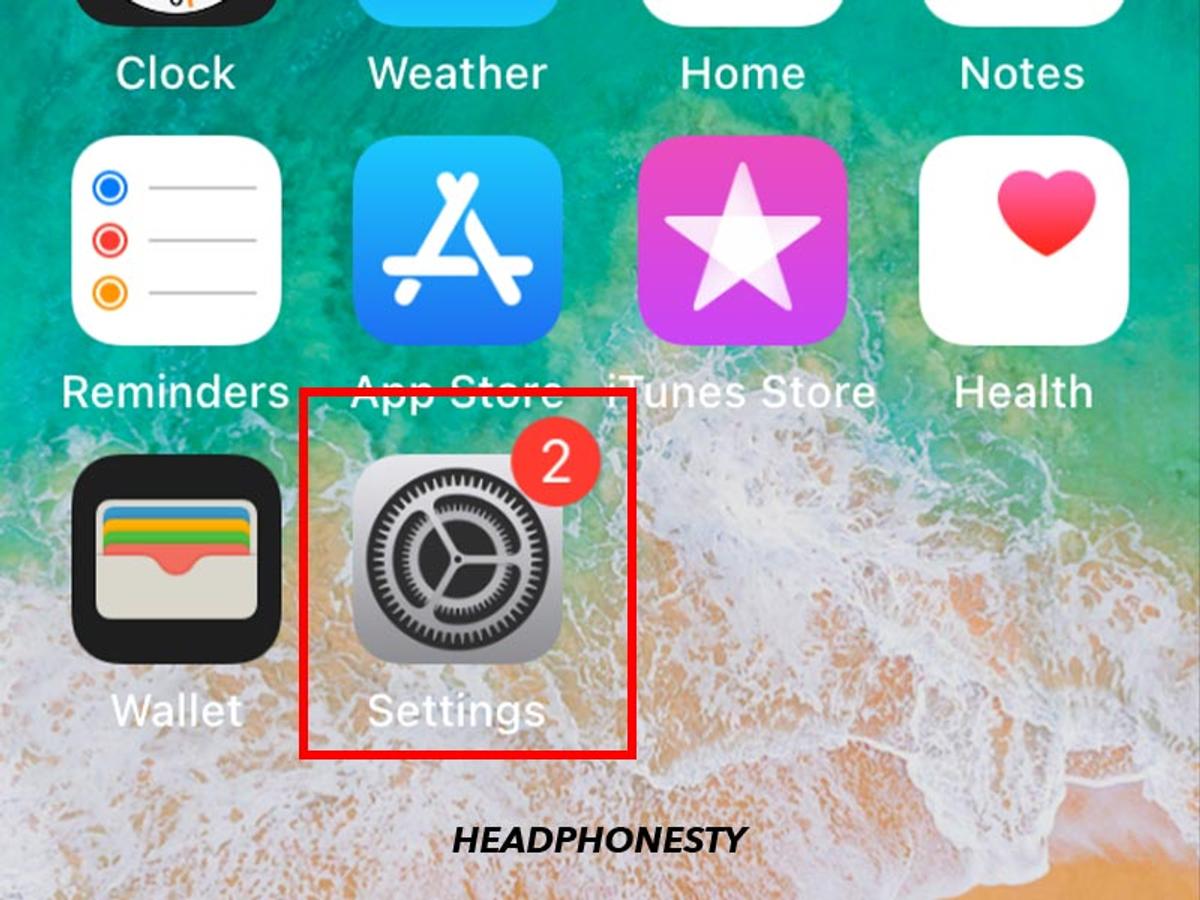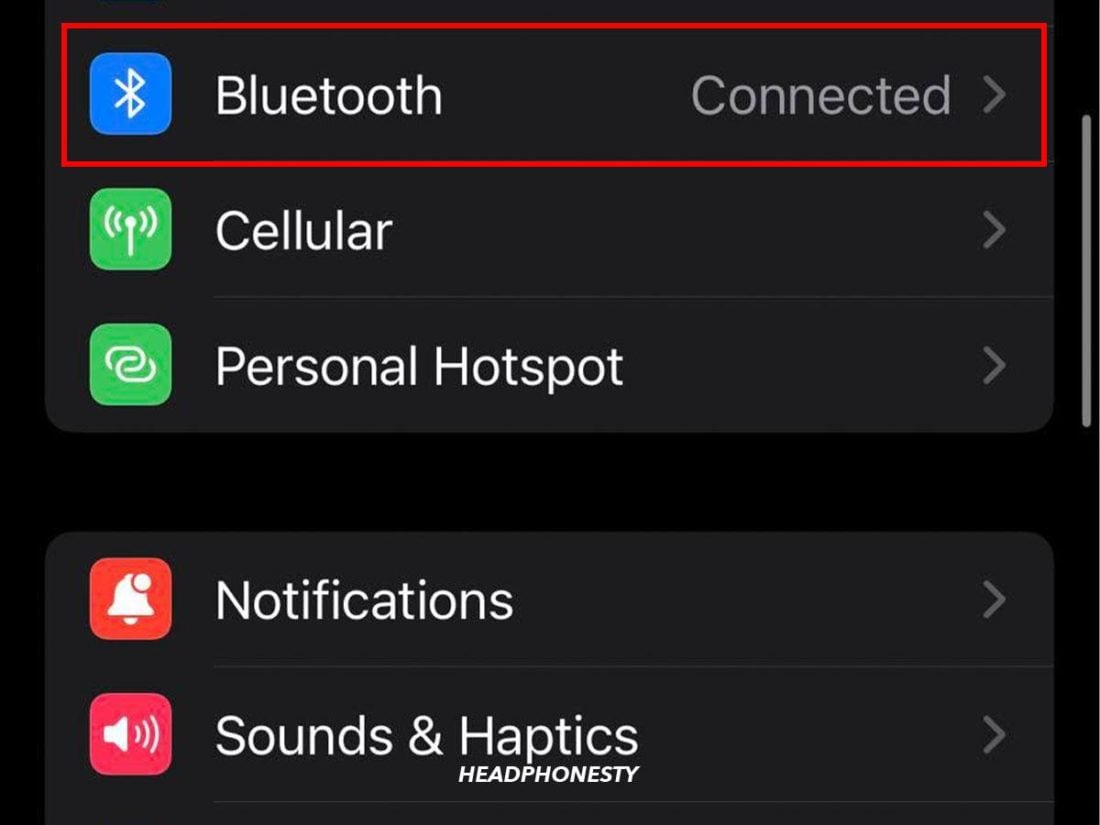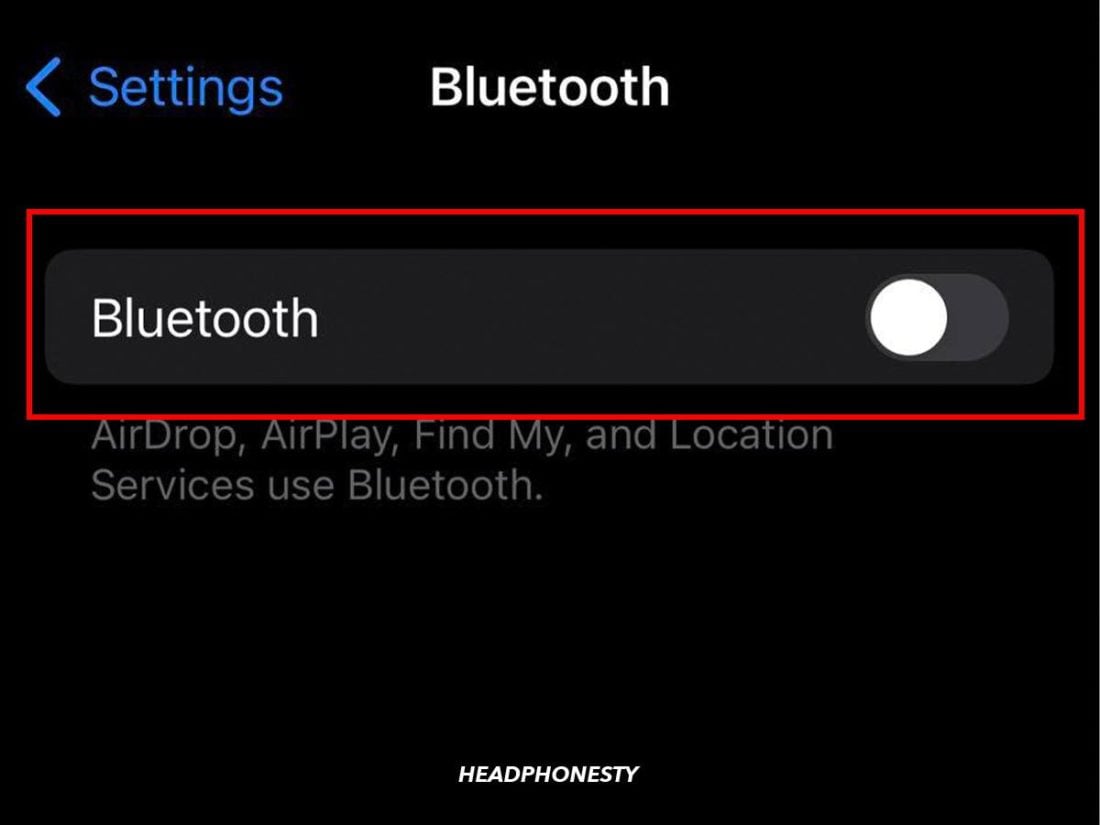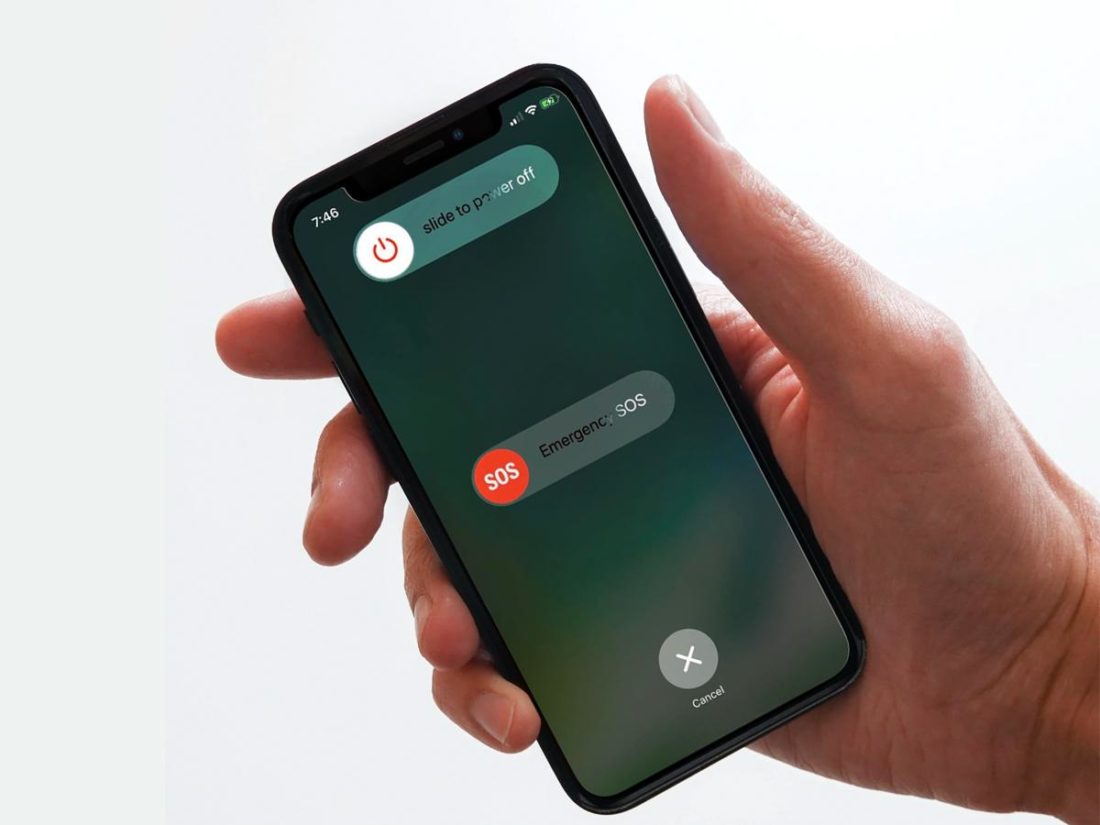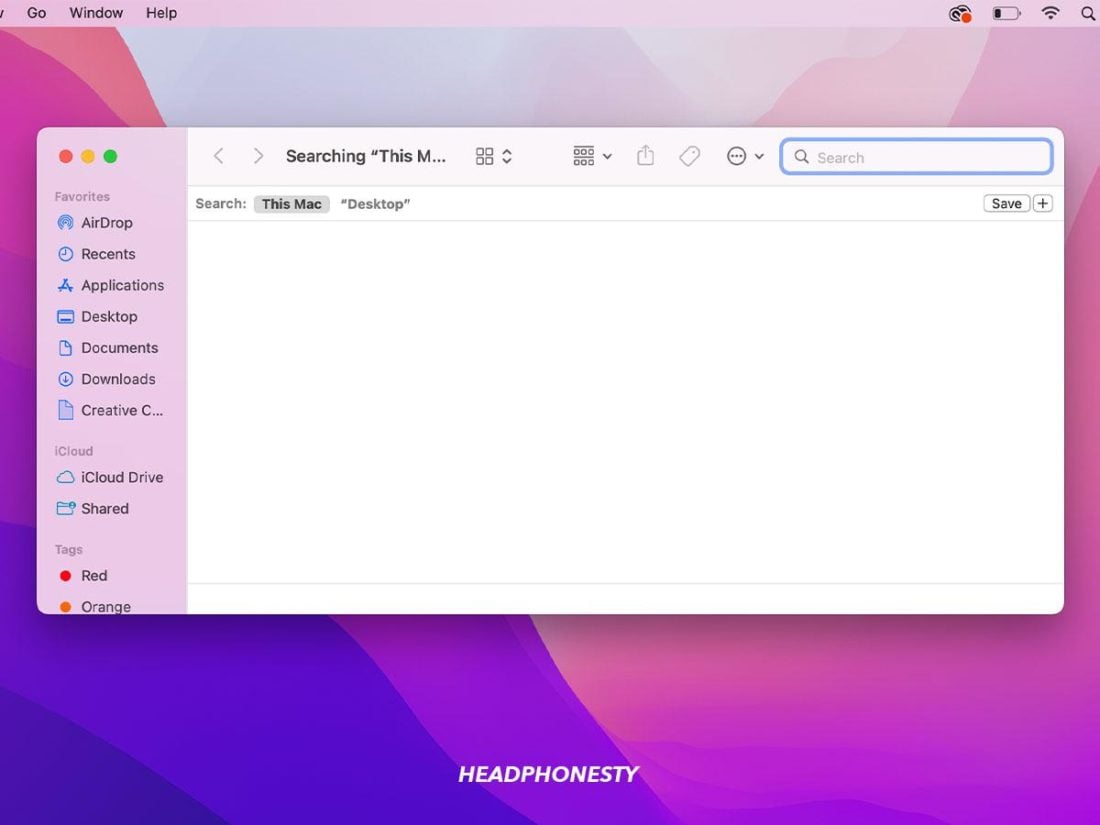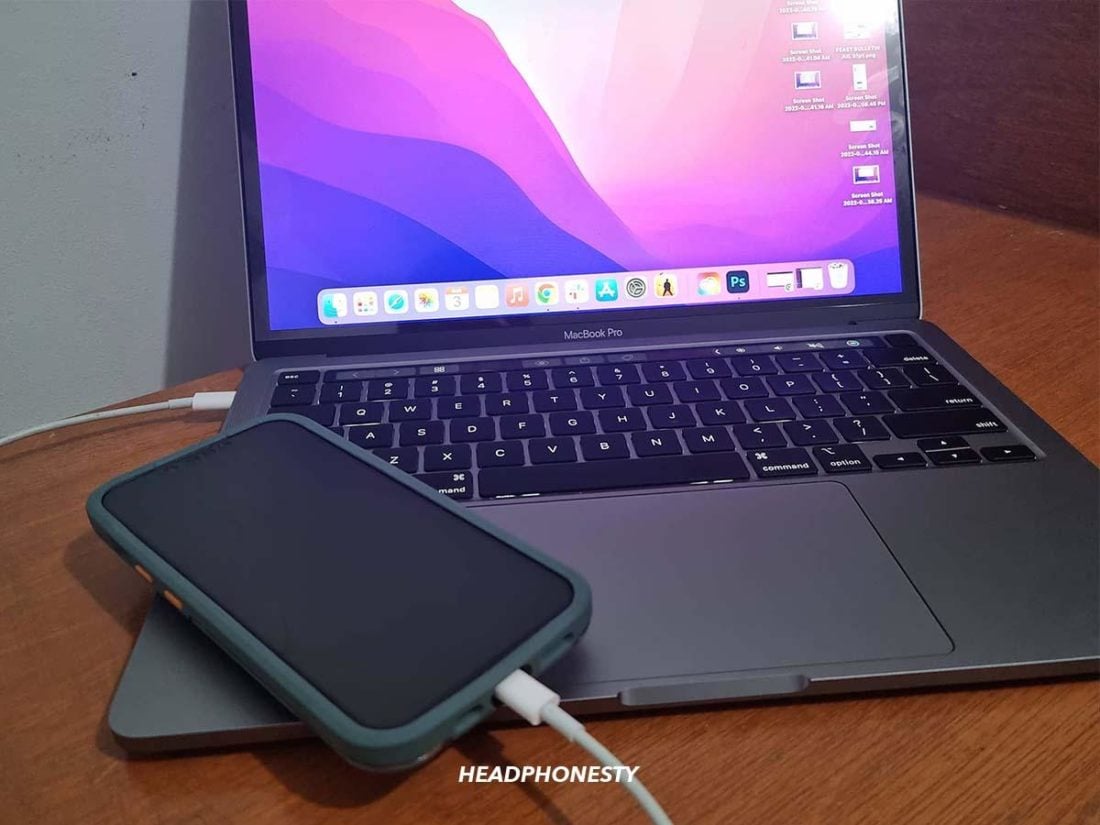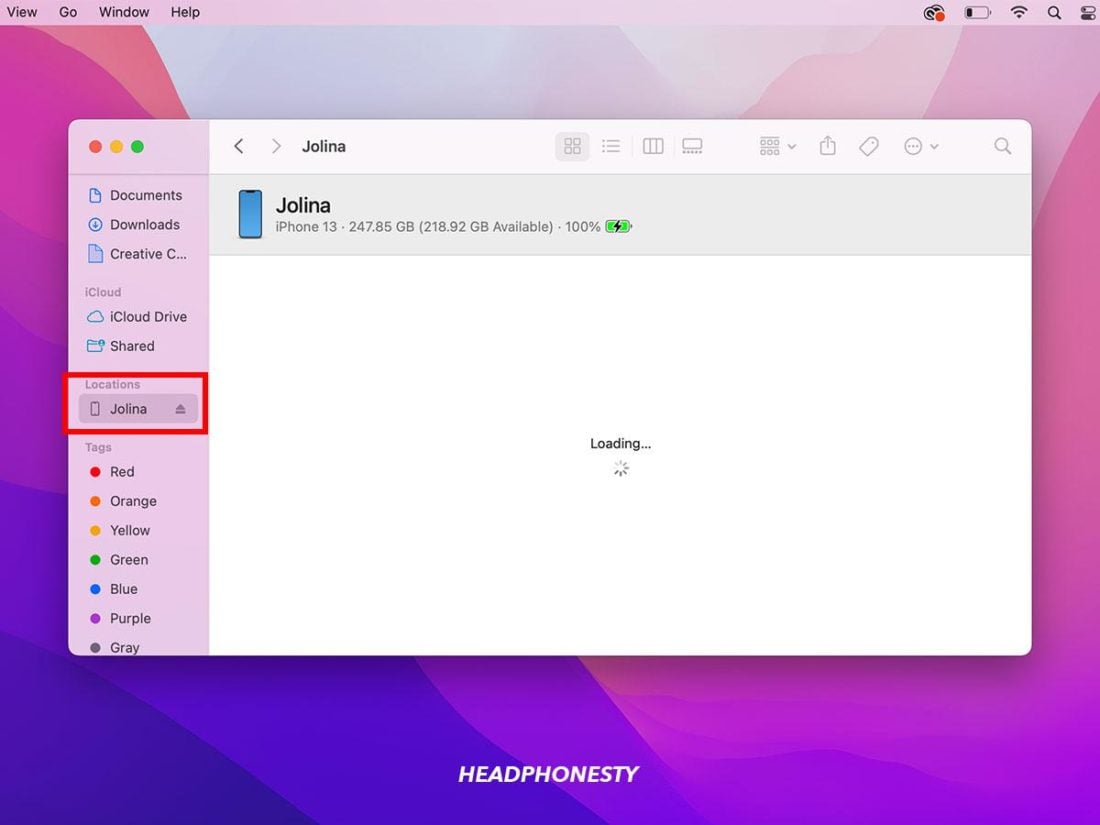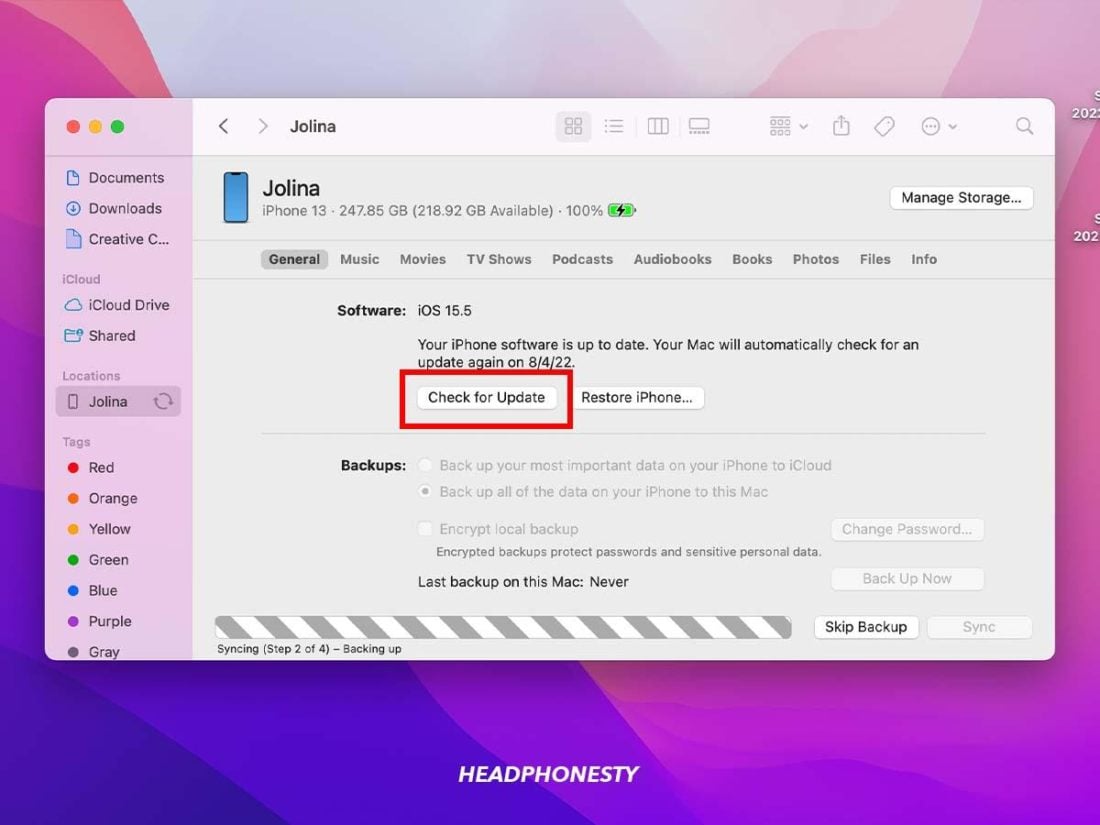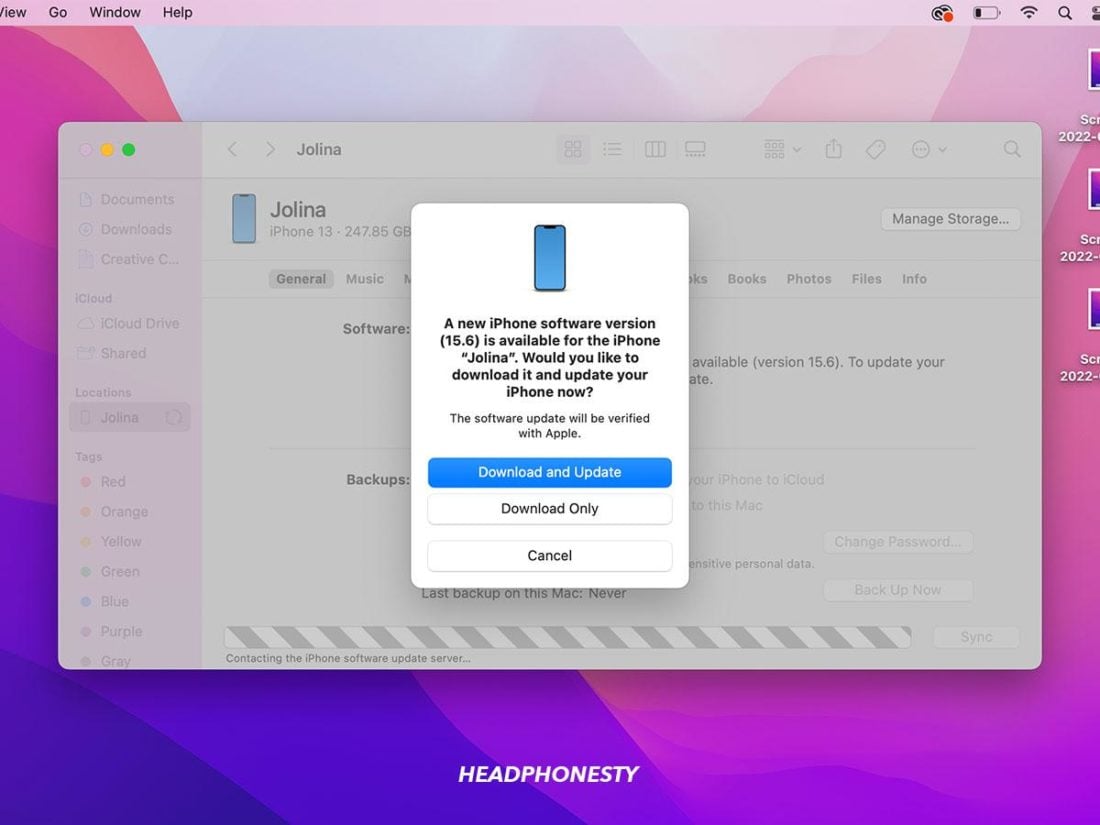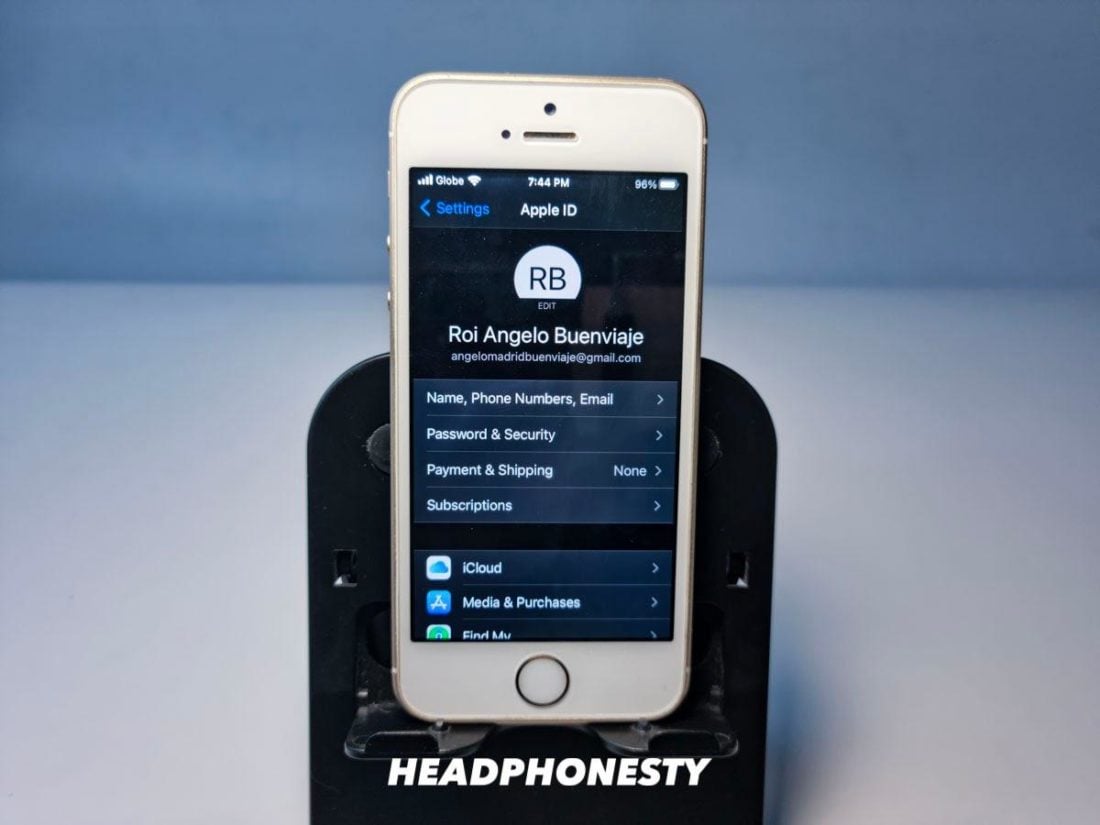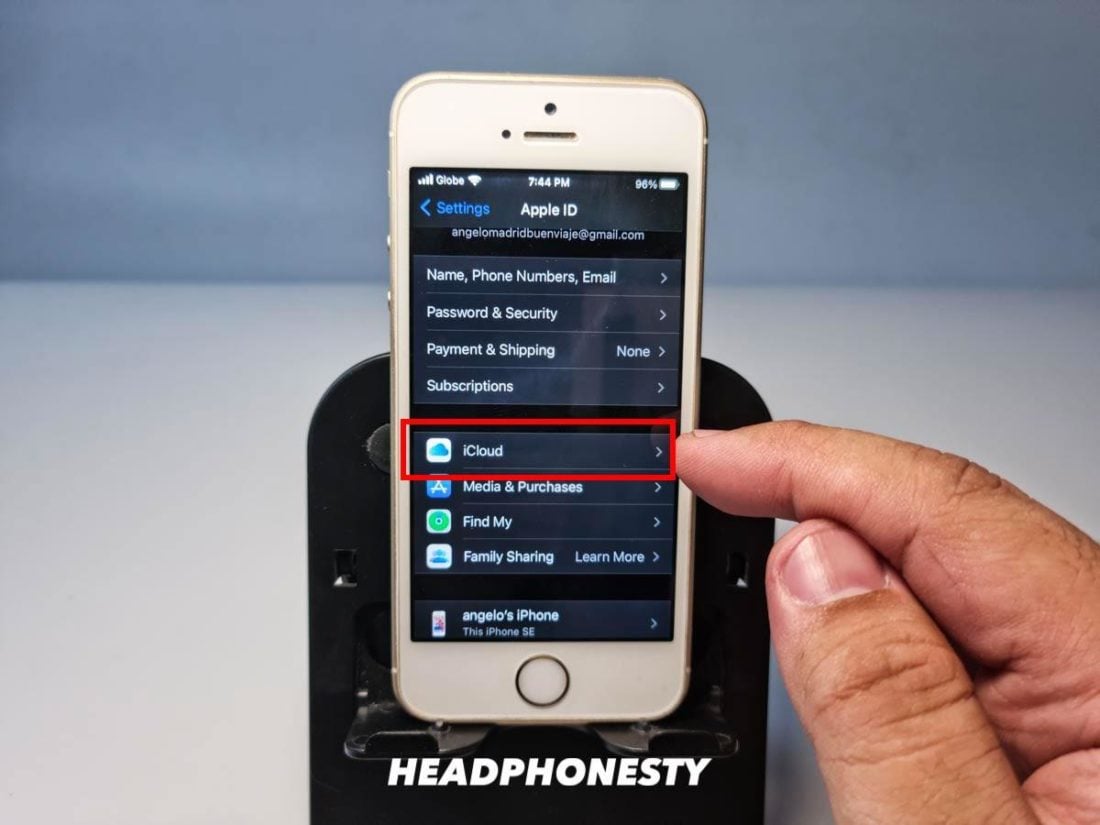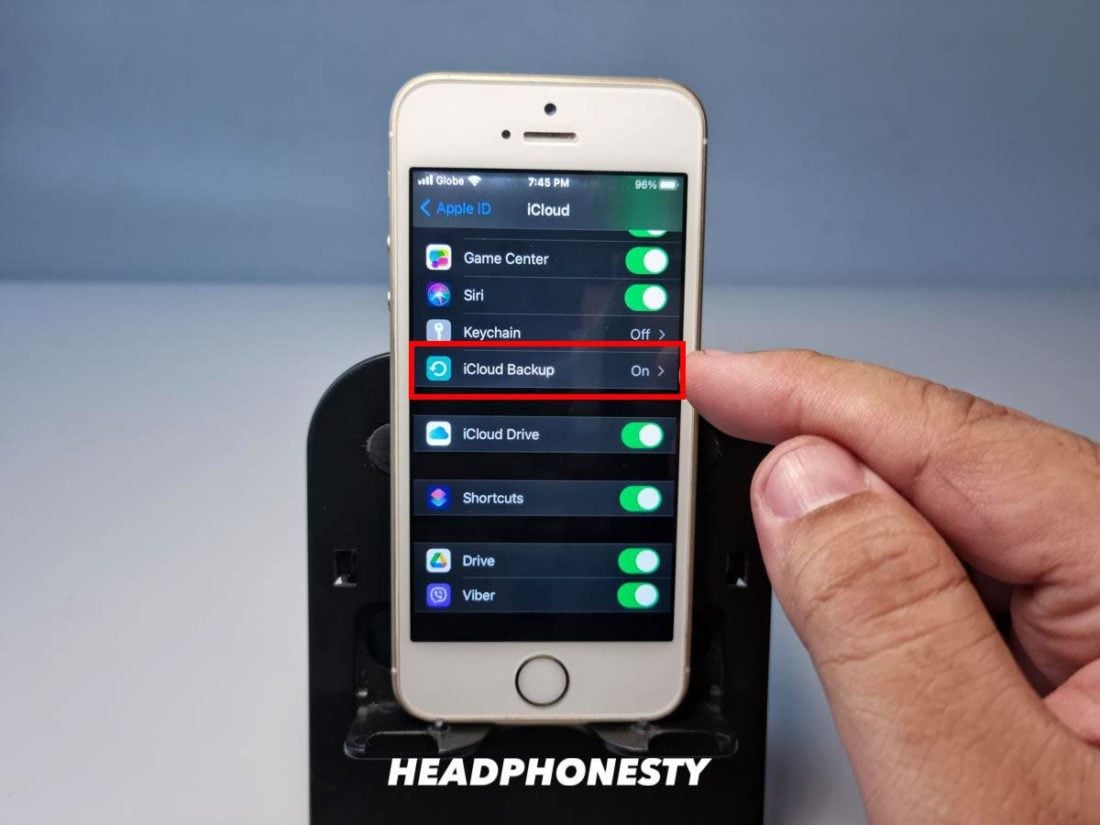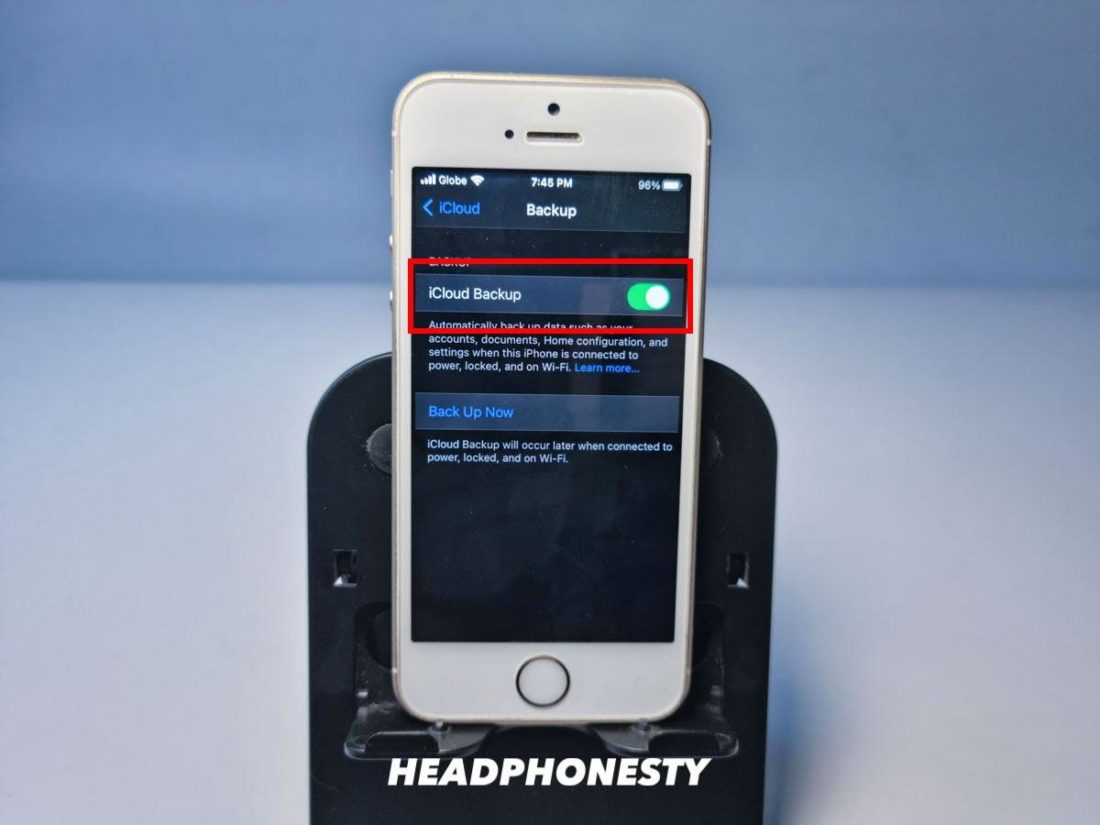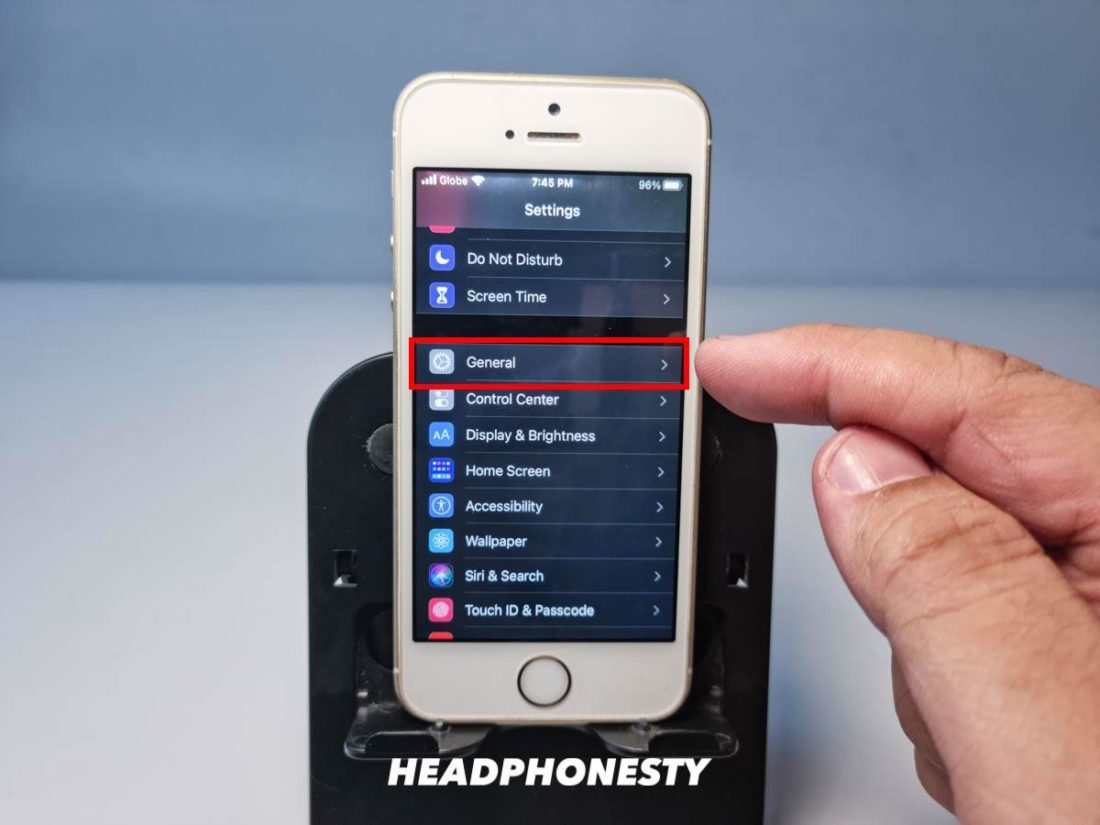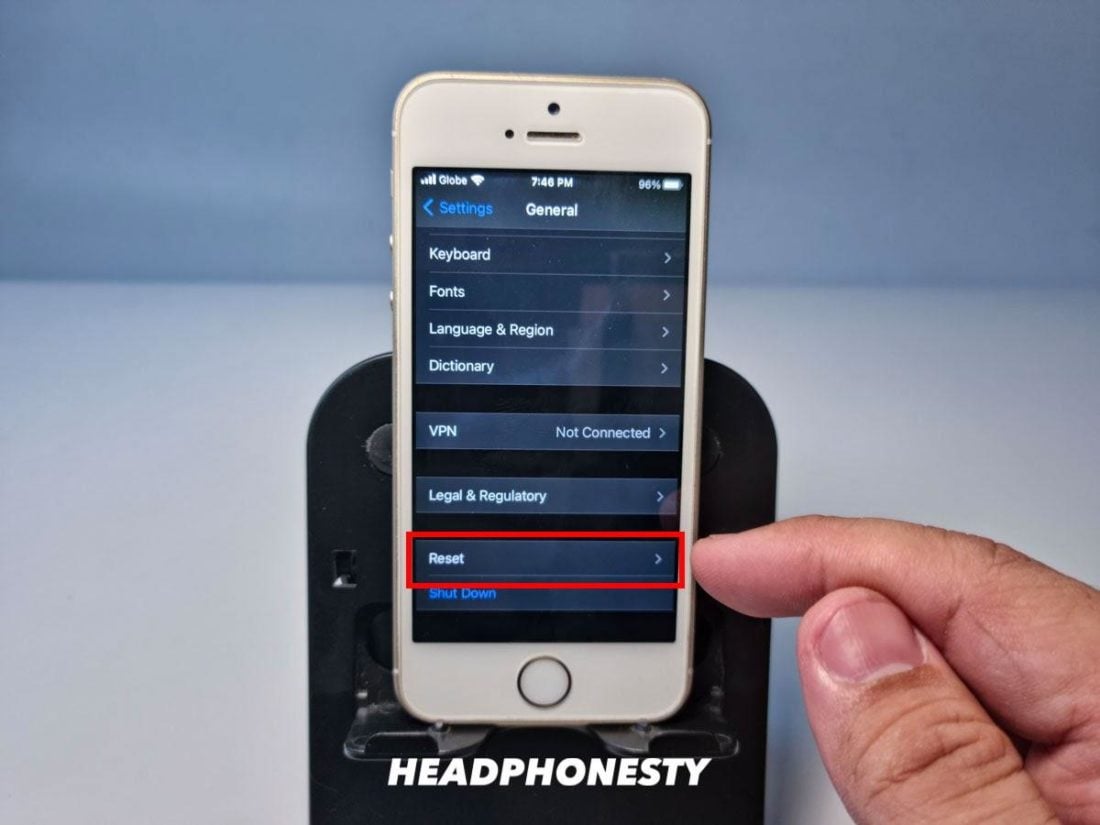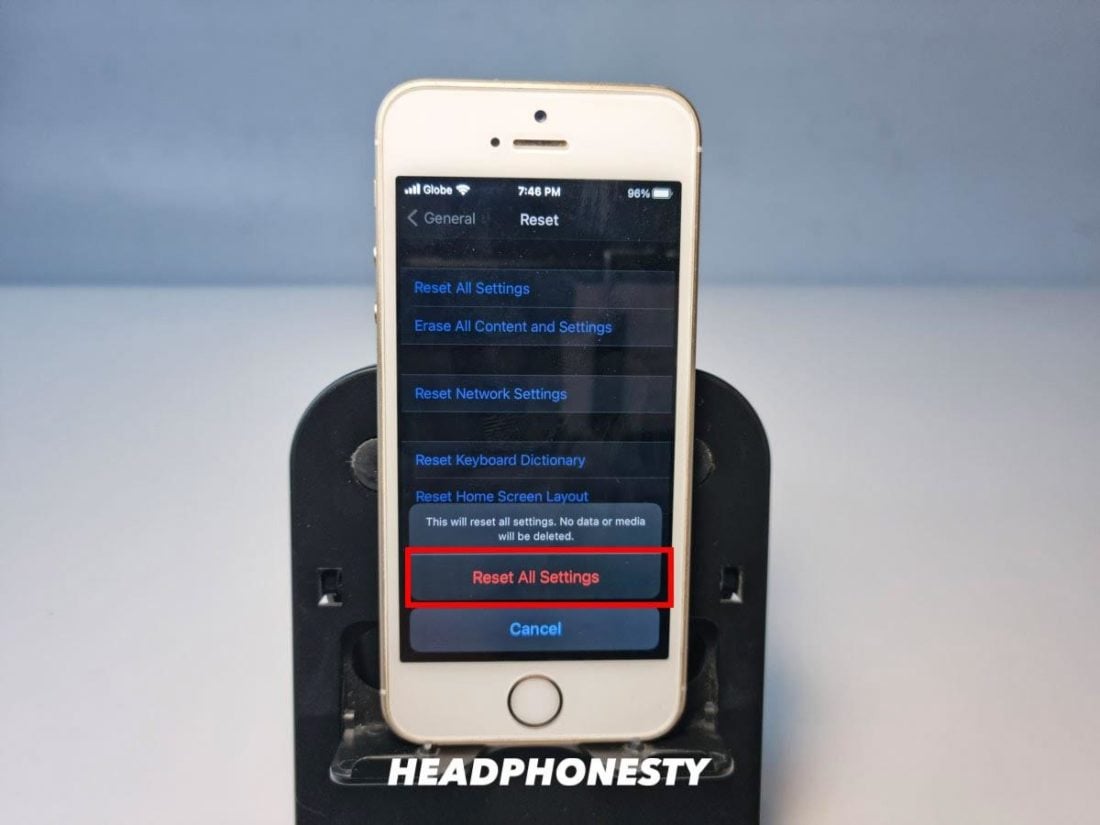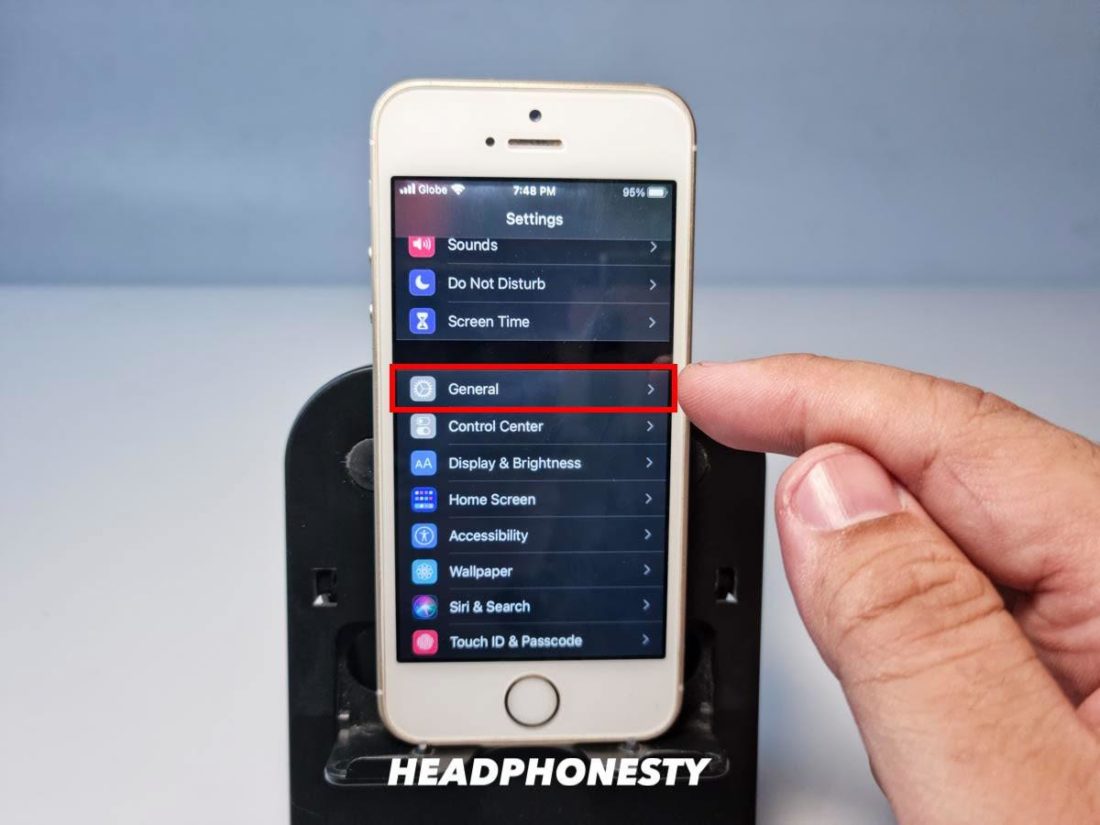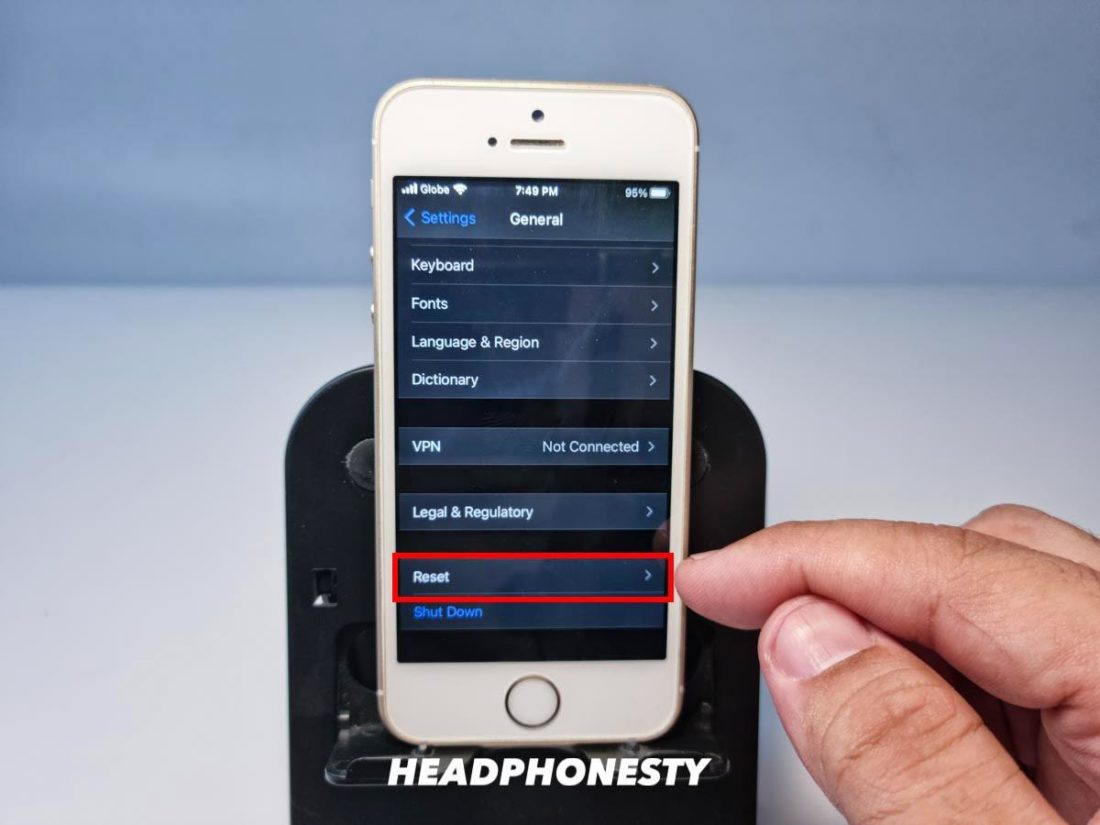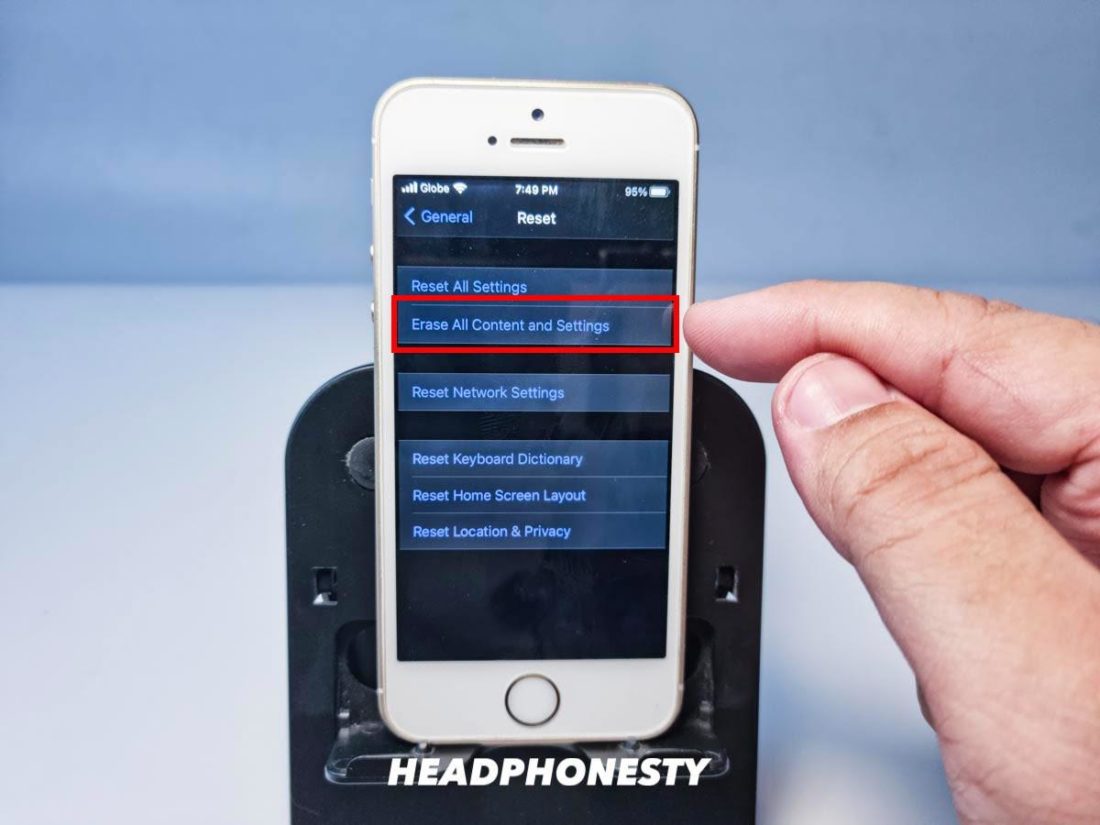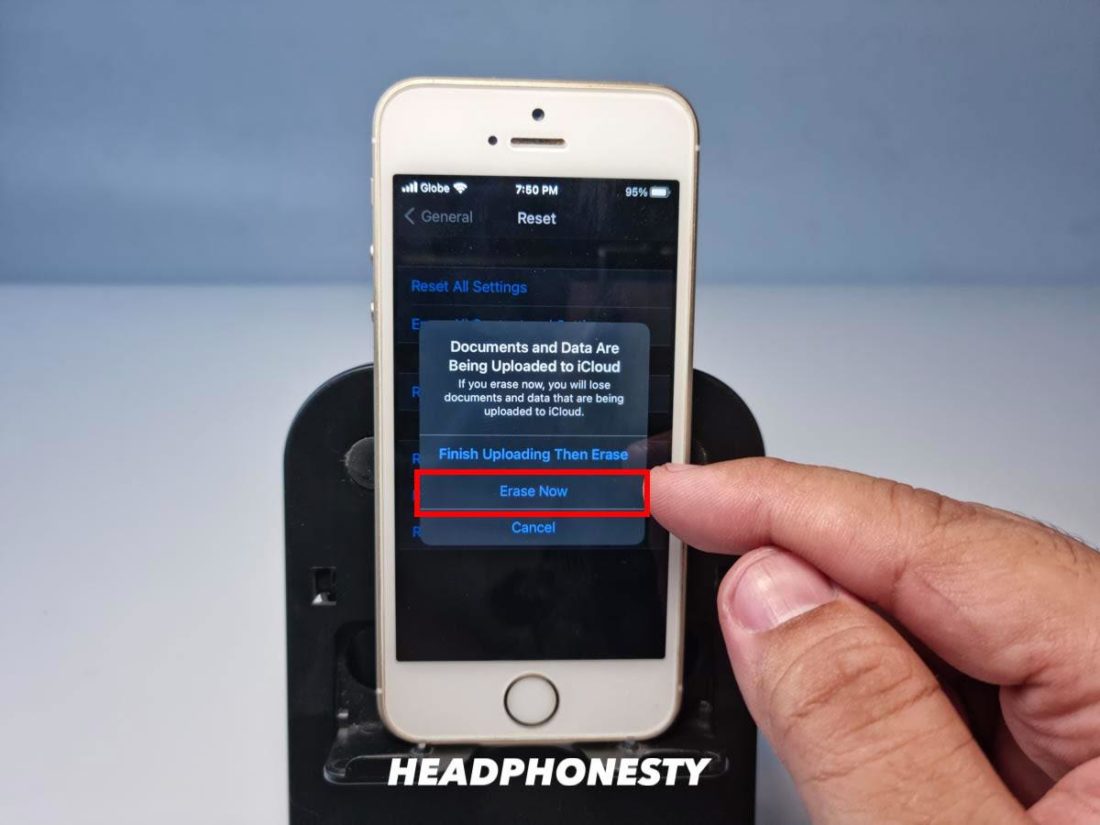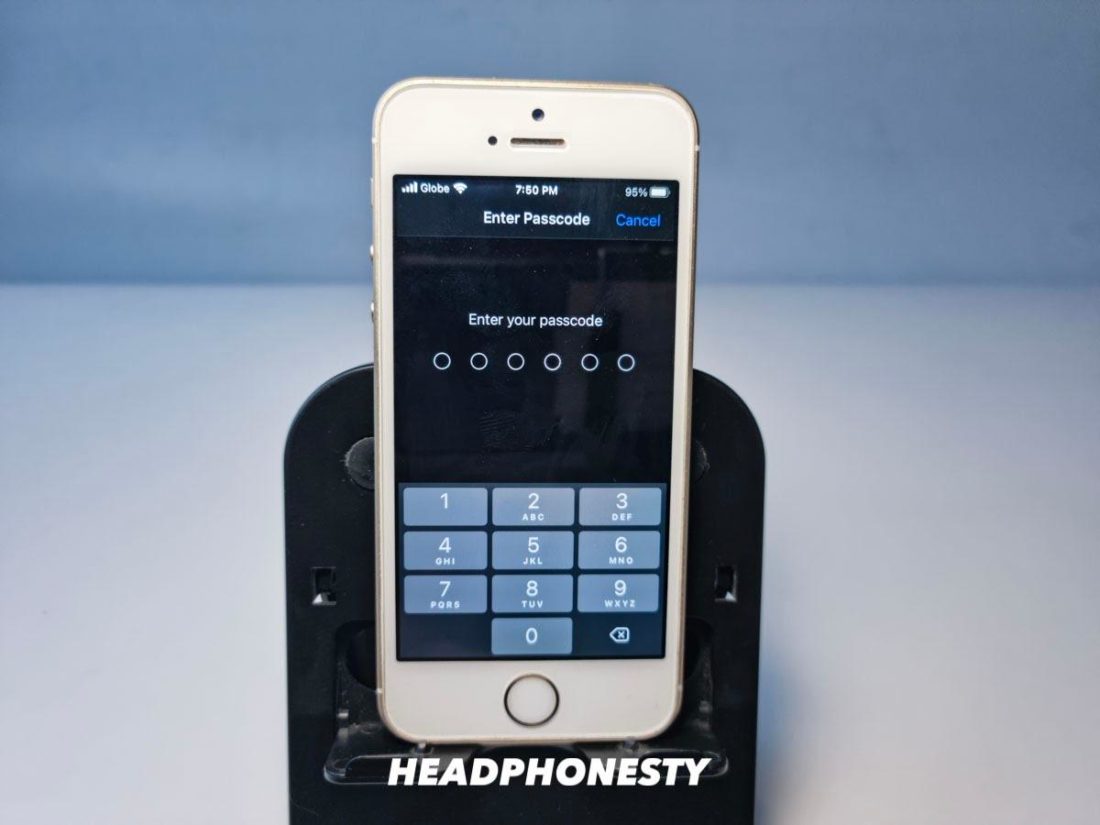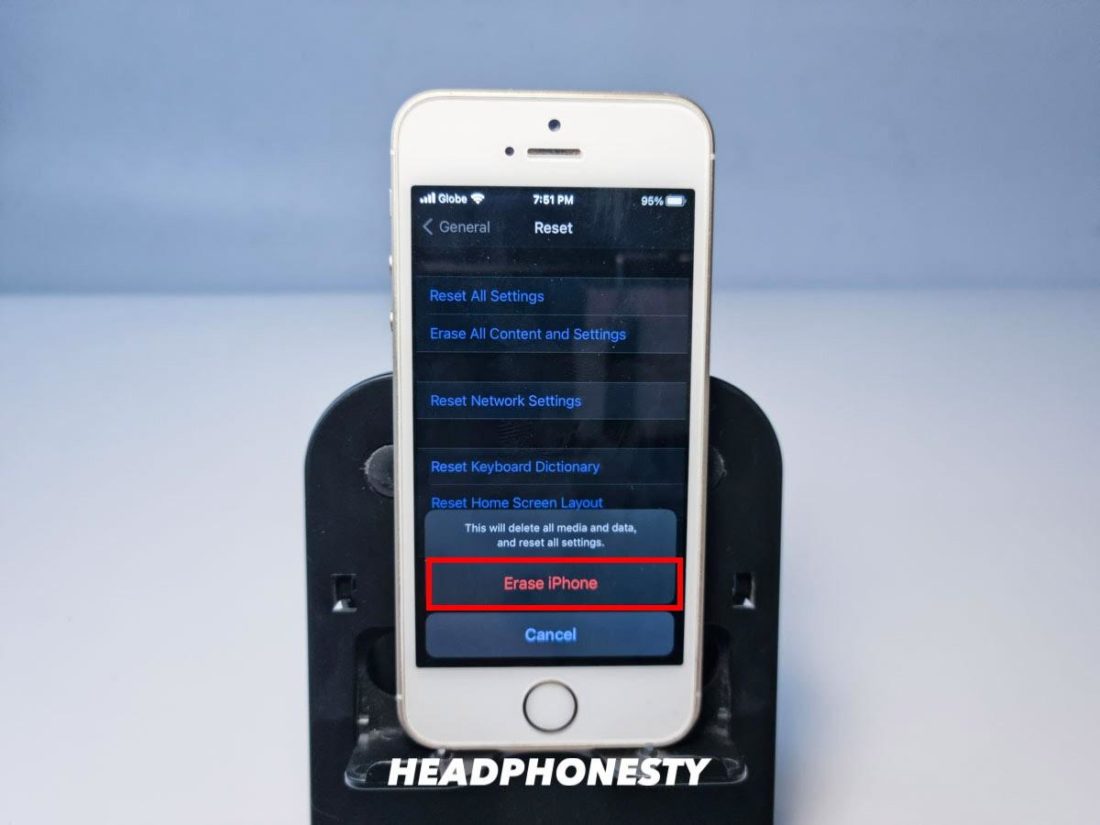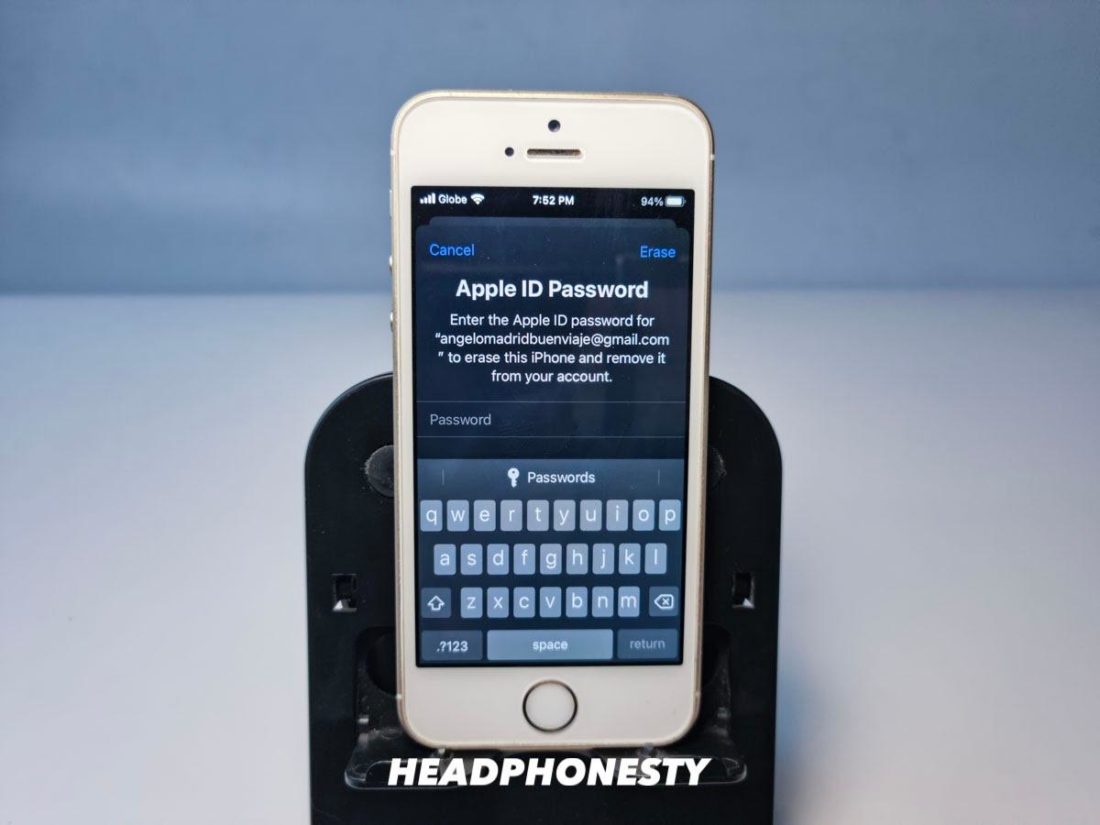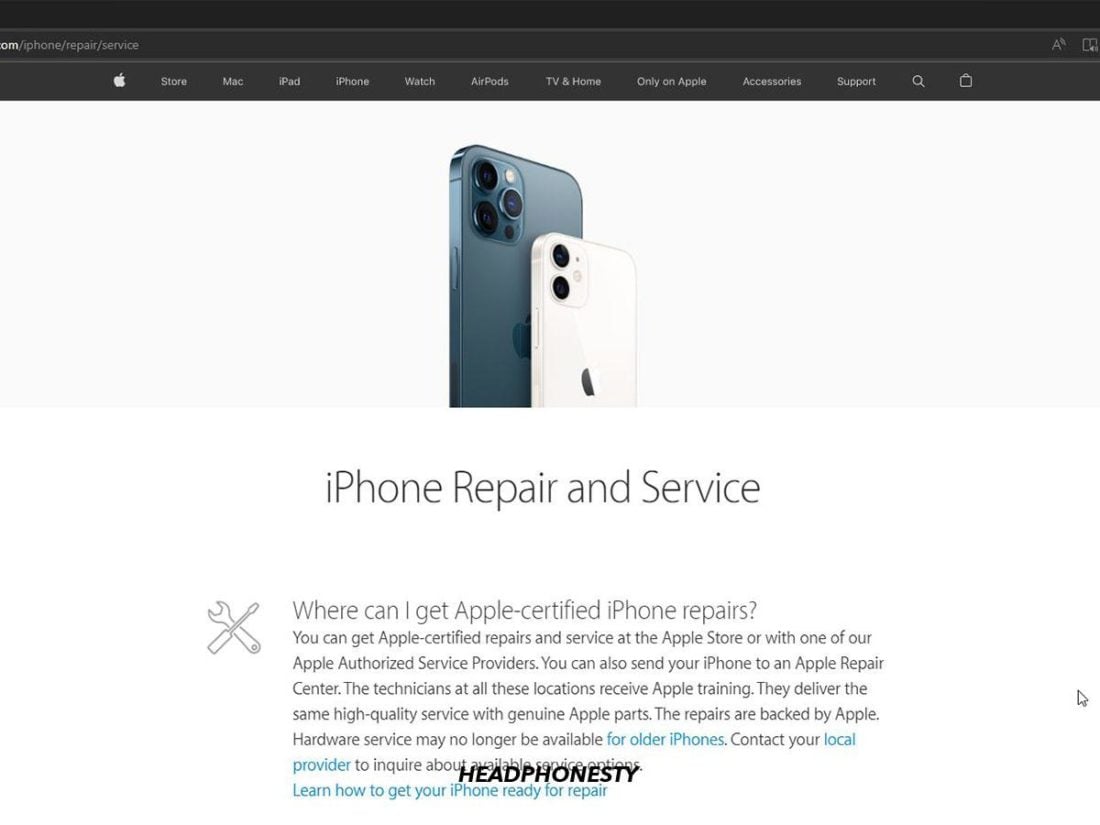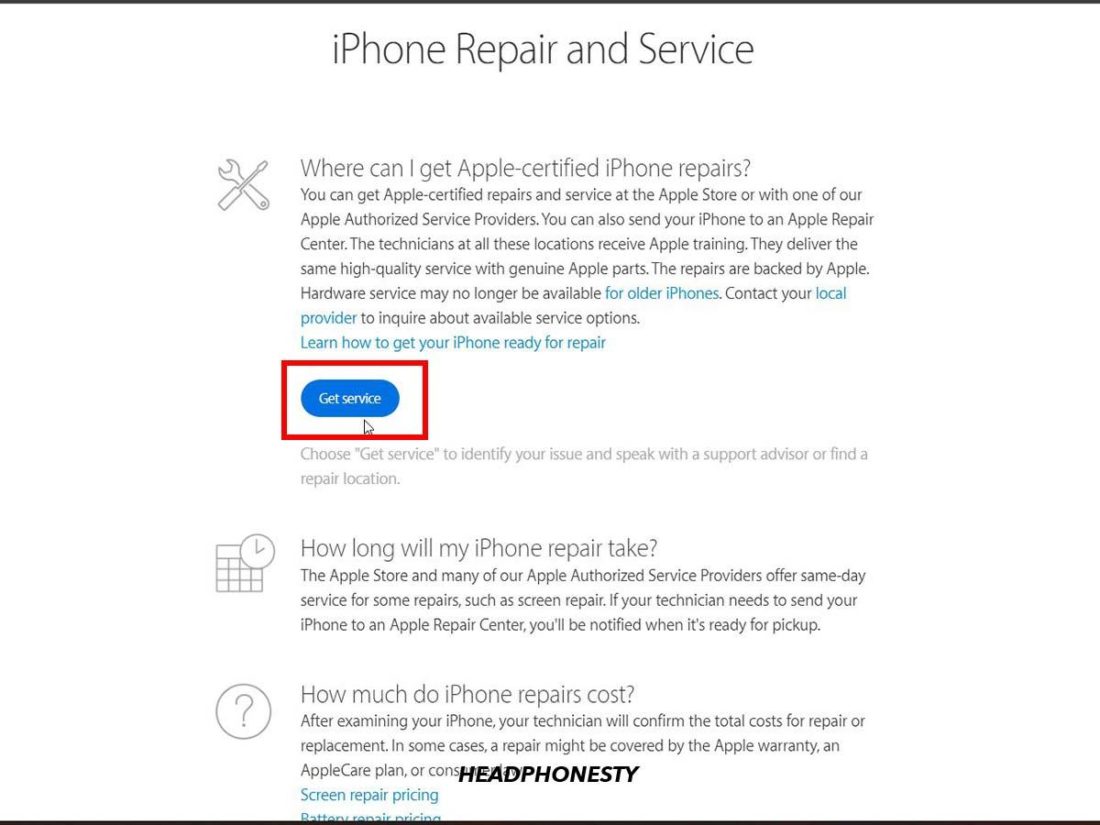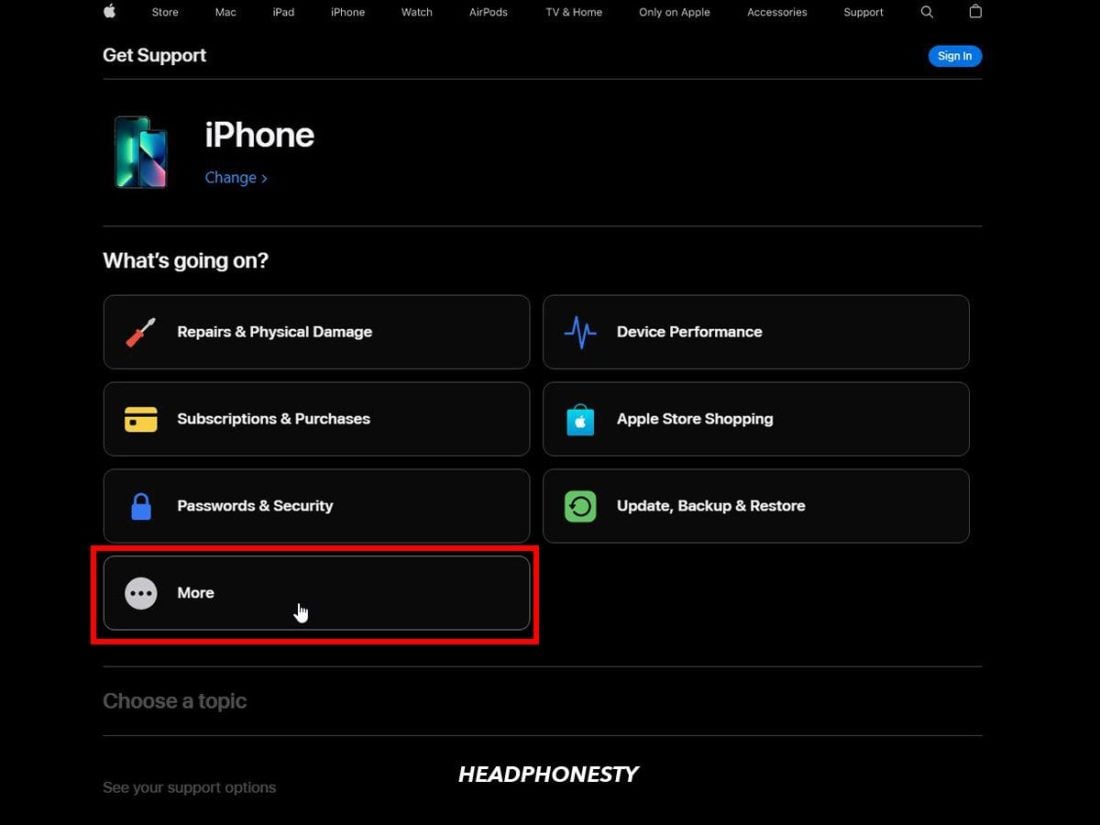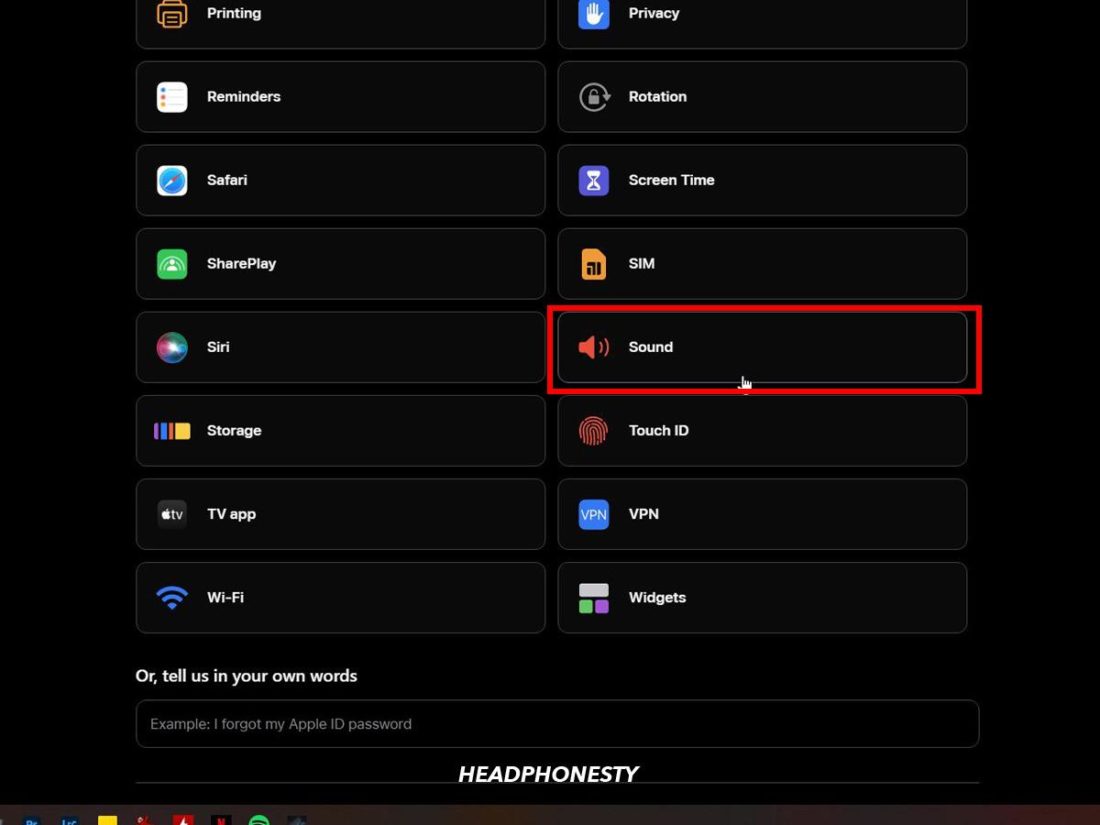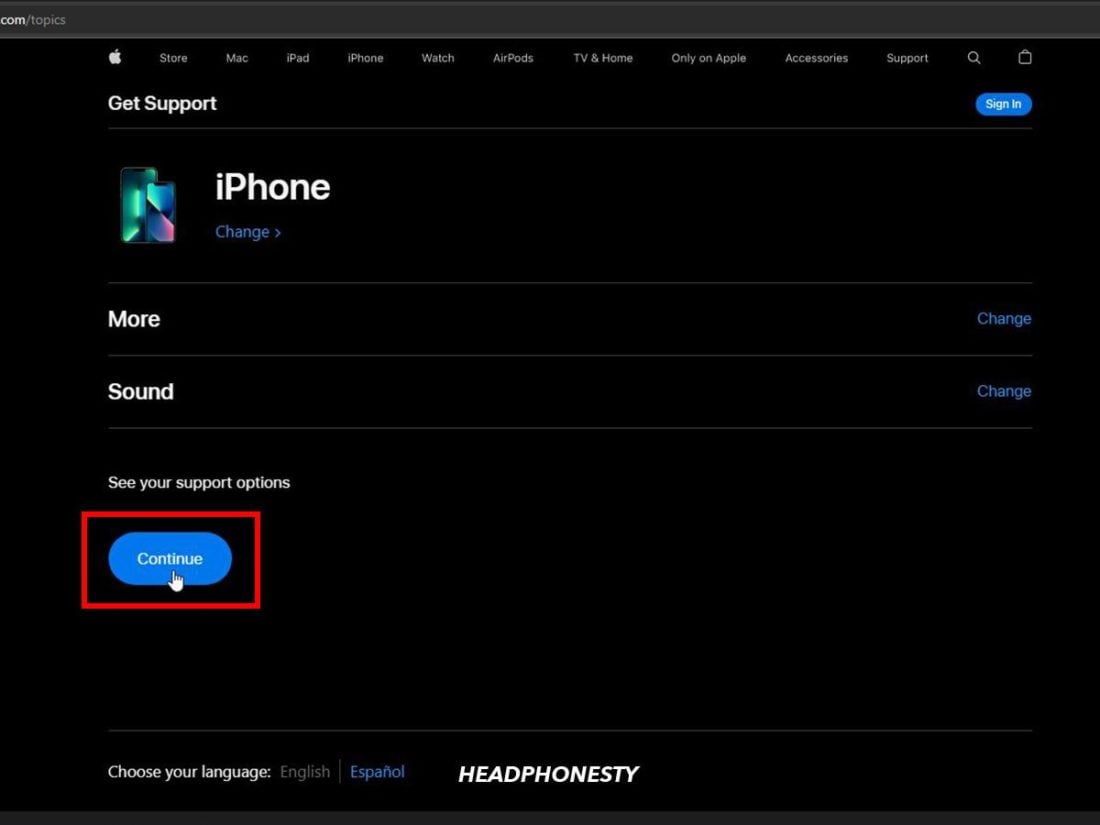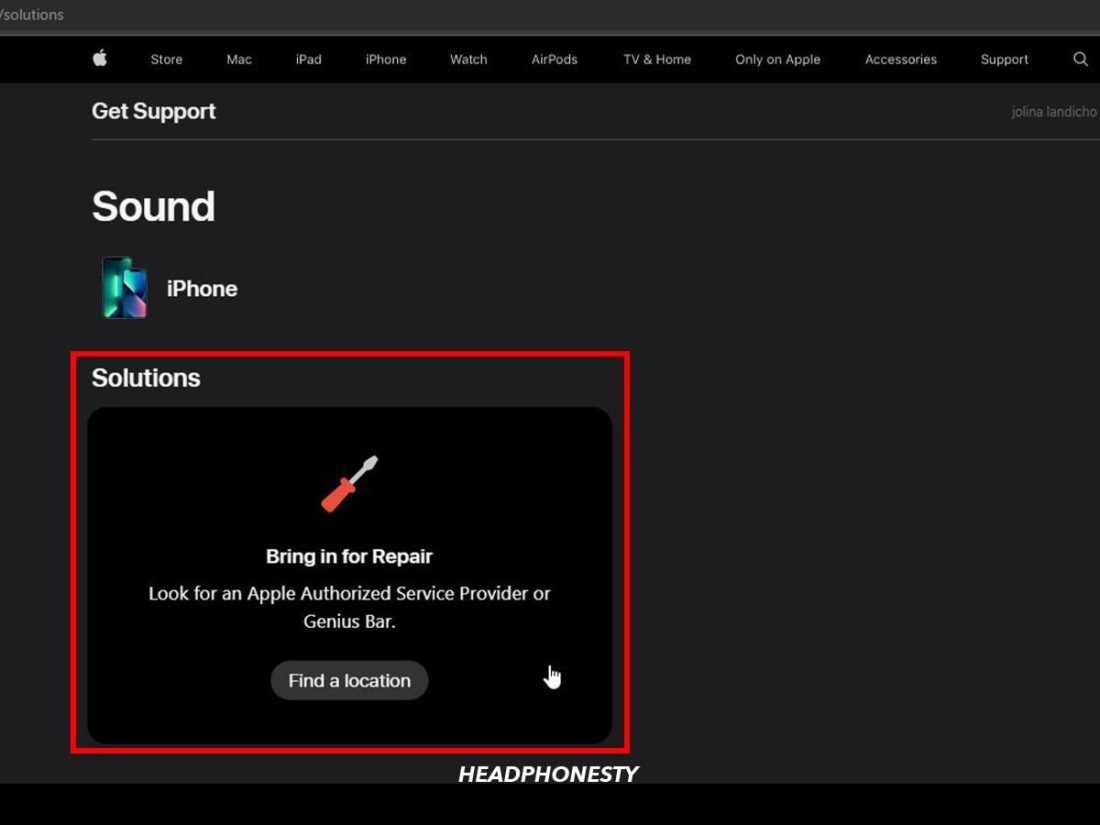You’re having issues with your iPhone again. You can’t hear what you want this time—the phone is on, but the sound seems off. Fixing the no-sound-on-your-iPhone problem can be challenging because various issues cause it. They can be hardware issues or your iPhone’s sound settings. And even once you’ve diagnosed the issue, it takes time to go through the motions of resolving it. That’s why we’ve broken it down for you in a problem-by-problem style. Keep reading, and we’ll guide you through each possibility until you have the sound back on your iPhone.
Why Does Your iPhone Have No Sound?
iPhones having no sound can be caused by many sources. Unfortunately, your phone won’t tell you why there is no sound coming from it. Instead, you’ll need to work through the possible reasons for having no sound on your iPhone. Take some time to think about when the problem happens, too. Wondering “Why can’t I hear sound on my iPhone during calls?” and “Why can’t I hear sound on my iPhone apps?” can lead you to various solutions. Taking your circumstances into account, these are some of the possible causes of your iPhone sound issues:
Sound settings: Sometimes, your iPhone’s volume levels get turned down accidentally due to bumps inside your bag or fidgeting. Other software settings like the ‘Do not disturb mode’, ‘Silent mode’, or even sound enhancements can also cause this issue. Connection issues: This refers to your headphones’ connection to your iPhone. A damaged or loose headphone jack might be the culprit for wired headphones. Wireless headphones may also run into issues with Bluetooth. Bugs: These are errors in the iPhone’s firmware that cause unintended results, such as audio not working on calls. Bugs can occur due to faulty coding, a failure to update your phone regularly, and other code-related issues. Third-party app settings: Sometimes, the cause doesn’t lie with the iPhone, but in the streaming platform or other apps you’re using. Some apps have their own sound settings, which may sometimes interfere with the iPhone’s functionality, including causing no sound on other iPhone apps. Hardware issues: Wearing down of wire soldering, moisture exposure, and loosening headphone jacks can all contribute to an iPhone’s sound issues.
Now that you’ve gotten an idea of what is causing no sound on your iPhone, you’re ready to fix it. We’ve collected the best wisdom on the issue in the sections below.
How to Fix the “No Sound” Problem on Your iPhone
Use the following guides to restore your iPhone’s sound capabilities. Even though they vary in complexity, you can consume them in a sitting.
Check the Sound Settings Toggle the Ring/Silent Switch Check First-Party App Sound Settings Check Third-Party App Sound Settings Turn Off Bluetooth Reboot your iPhone Update your iPhone Software Reset All Settings Restore Factory Settings
Check the Sound Settings
The most commonly used functions are the ones that often get overlooked. In the case of an iPhone, that is usually the sound settings, namely Volume Level and Do Not Disturb mode.
Check the volume level
Check the Volume level first. Don’t be surprised if your volume got lowered unknowingly. Random movements in your pocket or bag can hit the volume control buttons, potentially raising, lowering, or even muting your phone. To fix your volume:
Disable ‘Do Not Disturb’ mode
If the volume is okay, try checking if your iPhone has been placed in Do Not Disturb mode. To disable Do Not Disturb on iOS 15: To disable Do Not Disturb on older models:
Toggle the Ring/Silent switch
You can enter Silent Mode using the iPhone’s Ring/Silent switch. This so-called “Silent Mode” just silences rings and notifications, not purposefully made sounds from music or videos. Your iPhone could be in Silent Mode if you can hear music but cannot hear phone calls. Check the side of your iPhone (see picture below) to ensure the Ring/Silent switch doesn’t show a red bar. If it does, flick the Ring/Silent switch to restore all sound functions. Adjust your volume level accordingly.
Check first-party app sound settings
Your first-party apps, or apps developed by Apple that were pre-installed on your iPhone, also have sound settings. Most apps, such as the movie app QuickTime, can have their volume adjusted using the volume control buttons. While this should feel natural to most users, not all apps are so intuitive. One particularly egregious example of this is the Photos app. Starting in iOS 13, tapping a video in the Photos app will play the video, but no sound will come from your iPhone until you tap the speaker icon at the bottom-right corner of the screen. What is causing Photos users frustration is that, by default, you have to tap this button every time you use the app. Fortunately, you can turn this behavior off by disabling autoplay of videos. You’ll have to start the videos manually but not unmute them every time. Here’s how:
Check third-party app sound settings
Third-party apps can also affect the sound settings of an iPhone. Music apps like Spotify and YouTube Music have separate volume controls and equalizers. Meanwhile, other apps like Instagram and Zoom have their own mute control. Many apps have a unique Settings menu or a cog symbol where you can change the sound settings. For example, in Alphabear: Words Across Time, you can turn off sounds, music, and alerts. Other apps, like YouTube, have reduced volume control while viewing videos in the app. In this situation, the volume control buttons on the side of your phone control the app’s volume. When returning to the home screen, they will affect your ringtone/alert volume again.
Turn off Bluetooth
One possible reason for your iPhone’s internal speakers not working is connected Bluetooth devices. If you have a Bluetooth device connected to your iPhone, e.g., your AirPods, the audio gets sent to it instead of coming out of your phone. You can solve this problem by simply turning off your Bluetooth. Doing so will disconnect all your Bluetooth devices from your iPhone. Here’s how to disable your iPhone’s Bluetooth connection:
Reboot your iPhone
A reboot, or restart, of your iPhone and other electronic devices, can fix basic errors. Removing your iPhone’s temporary memory files gives it a chance to start fresh without deleting many files or making big changes.
How to reboot iPhone X and later models
How to reboot iPhone 8 and older models
Update your iPhone software
Regular updates of your iPhone can feel annoying, but iPhone updates give you access to new features, enhanced security, and can even fix bugs. If you’ve missed an update on your phone, that may be why there is no sound coming from your iPhone. By default, your iPhone will automatically update. However, if you don’t have enough space on your iPhone when an update rolls out, the update will not work. To solve this issue right away, you can update your iPhone via computer:
On macOS 10.15 or later
On macOS 10.14 or earlier or PC
Reset All Settings
If your iPhone still has no sounds, you can try resetting all its settings. Doing so will roll your iPhone settings back to their original, default state. So while resetting won’t lead to data loss, it’s still advisable to backup your data before resetting all settings. That way, if the reset doesn’t do anything to resolve your sound issues, you can revert to how they were in a hassle-free manner. Here are the steps to backup your data: If you have already saved a backup, then you can reset all your iPhone’s settings by doing the following steps:
Restore Factory Settings
Restore Factory Settings is a factory reset for your iPhone. After restoring factory settings, the phone’s software will be like it was when you – or its original owner – pulled it out of the box. Unlike the Reset All Settings option, all data will be removed. Due to the extreme nature of a factory reset, restoring your iPhone to factory settings should be a last resort. You can begin restoring your iPhone to its factory settings by doing the following:
When to Ask Apple Support for iPhone Sound Problems
Doing any troubleshooting processes mentioned in the earlier sections should have restored your iPhone’s sounds by now. If that’s not the casethe best course of action is to contact Apple for support. To utilize Apple Support for iPhone hardware repairs, do the following: Be sure to back up your data before sending it to an Apple-affiliated service center nearest you. Aside from that, Apple has prescribed some steps on how to prepare your iPhone before sending it to a service center, so make sure to check it out first.
Conclusion
Have you found an effective solution to your iPhone’s sound issues Hopefully, it won’t happen again. But even if it did, you now know what to do. What do you think of this article and the methods prescribed? Which method worked best for you? Did you find a new working method all on your own? Please let us know your thoughts. Drop us a comment below!
